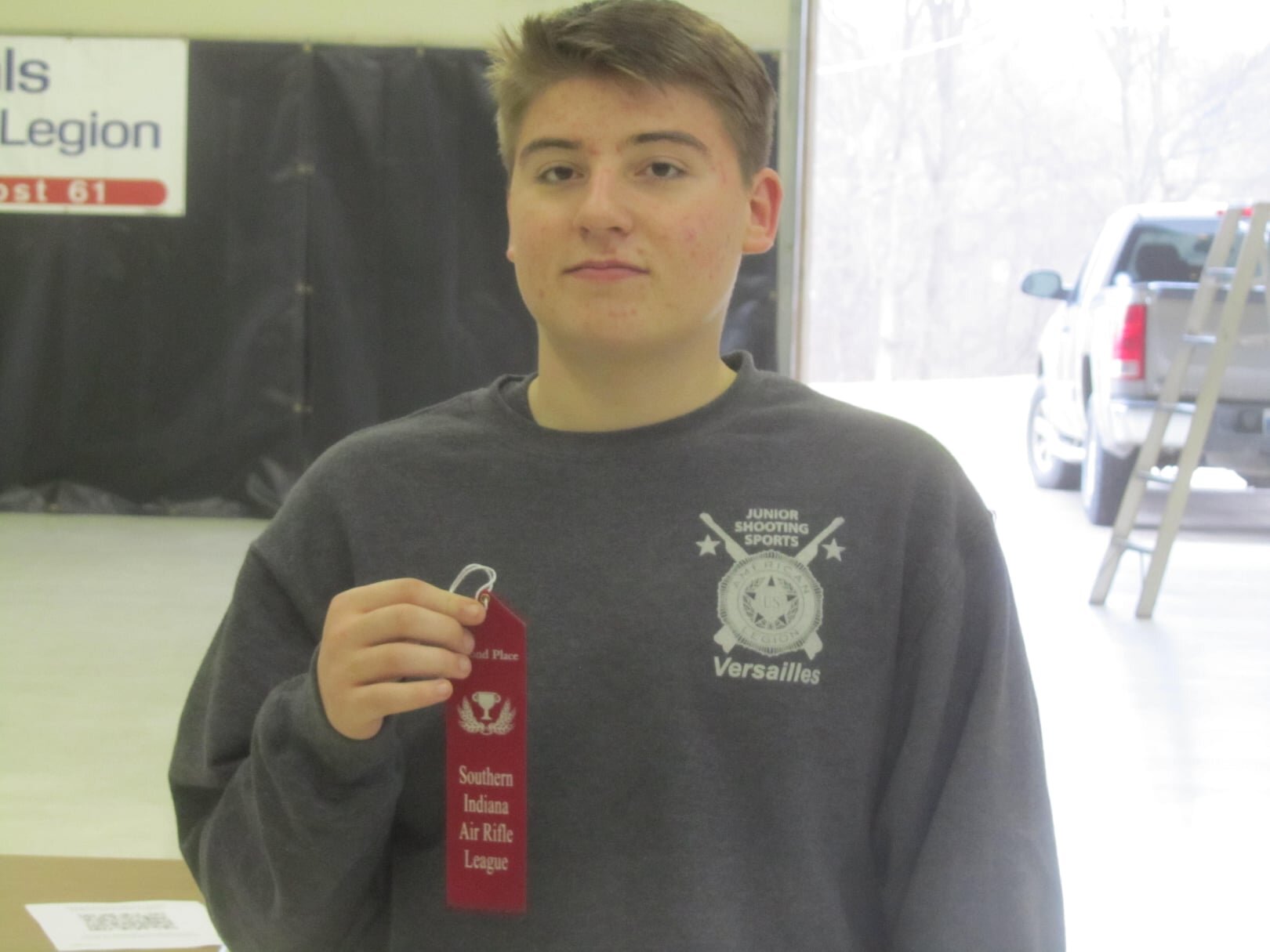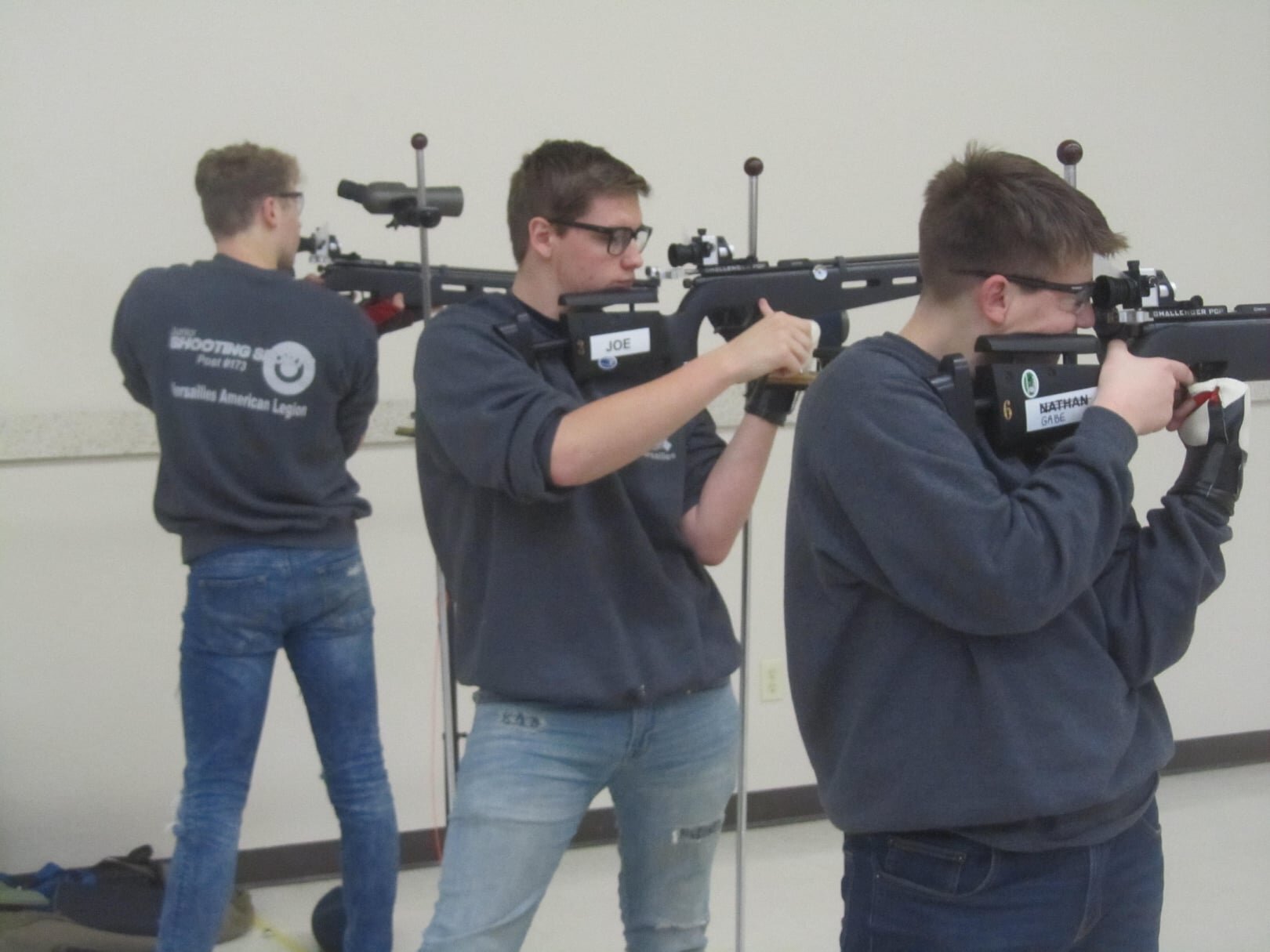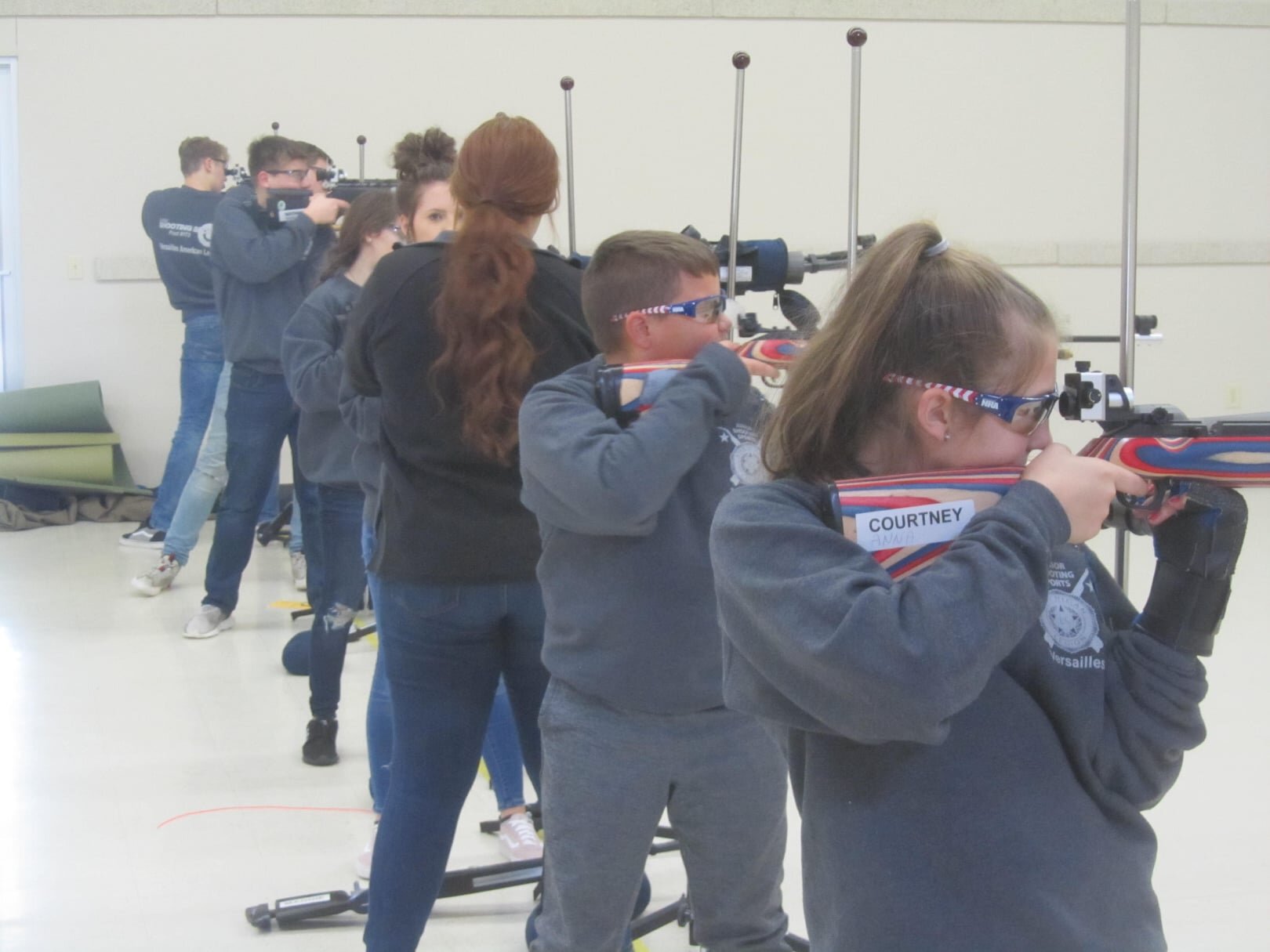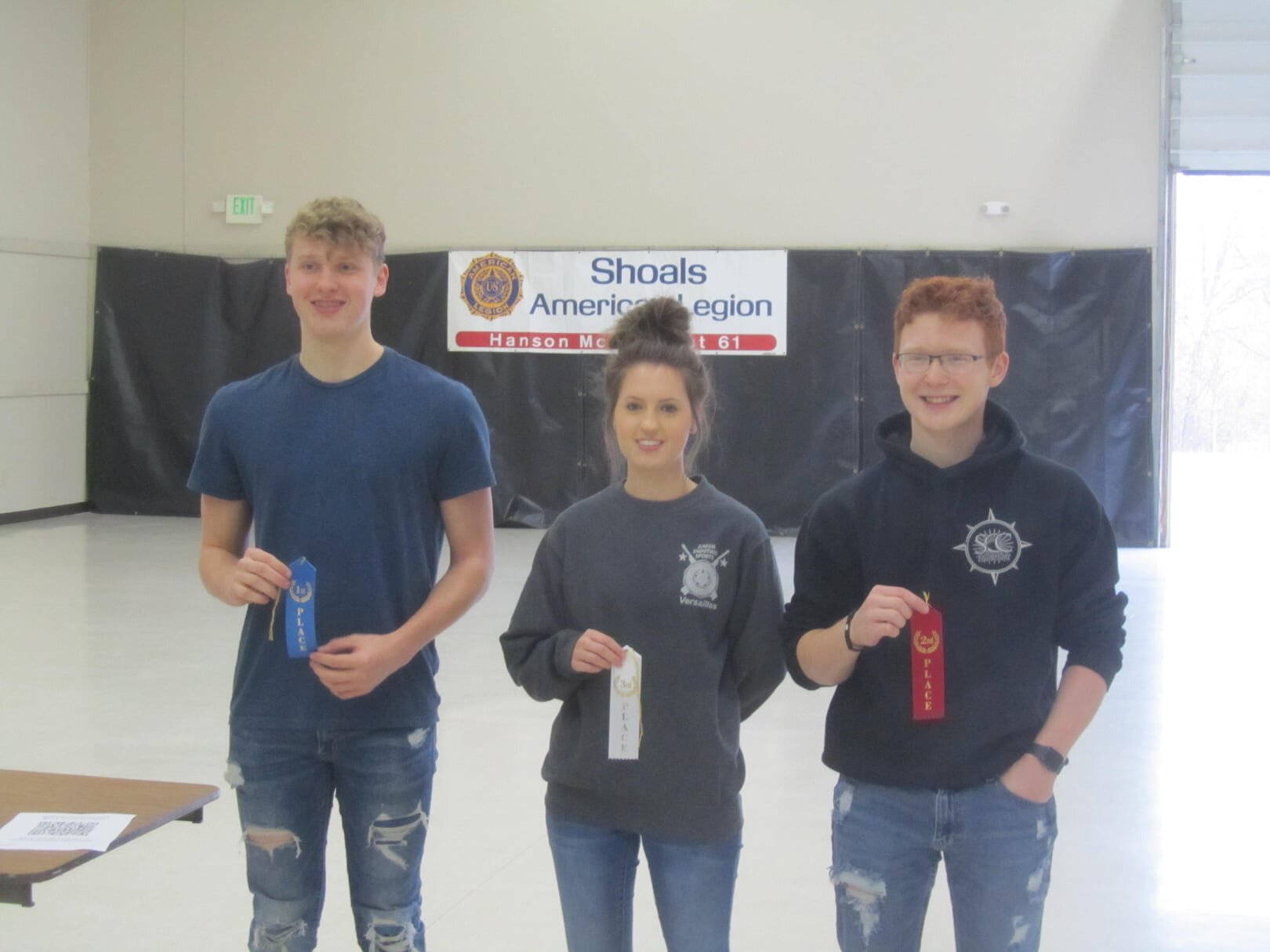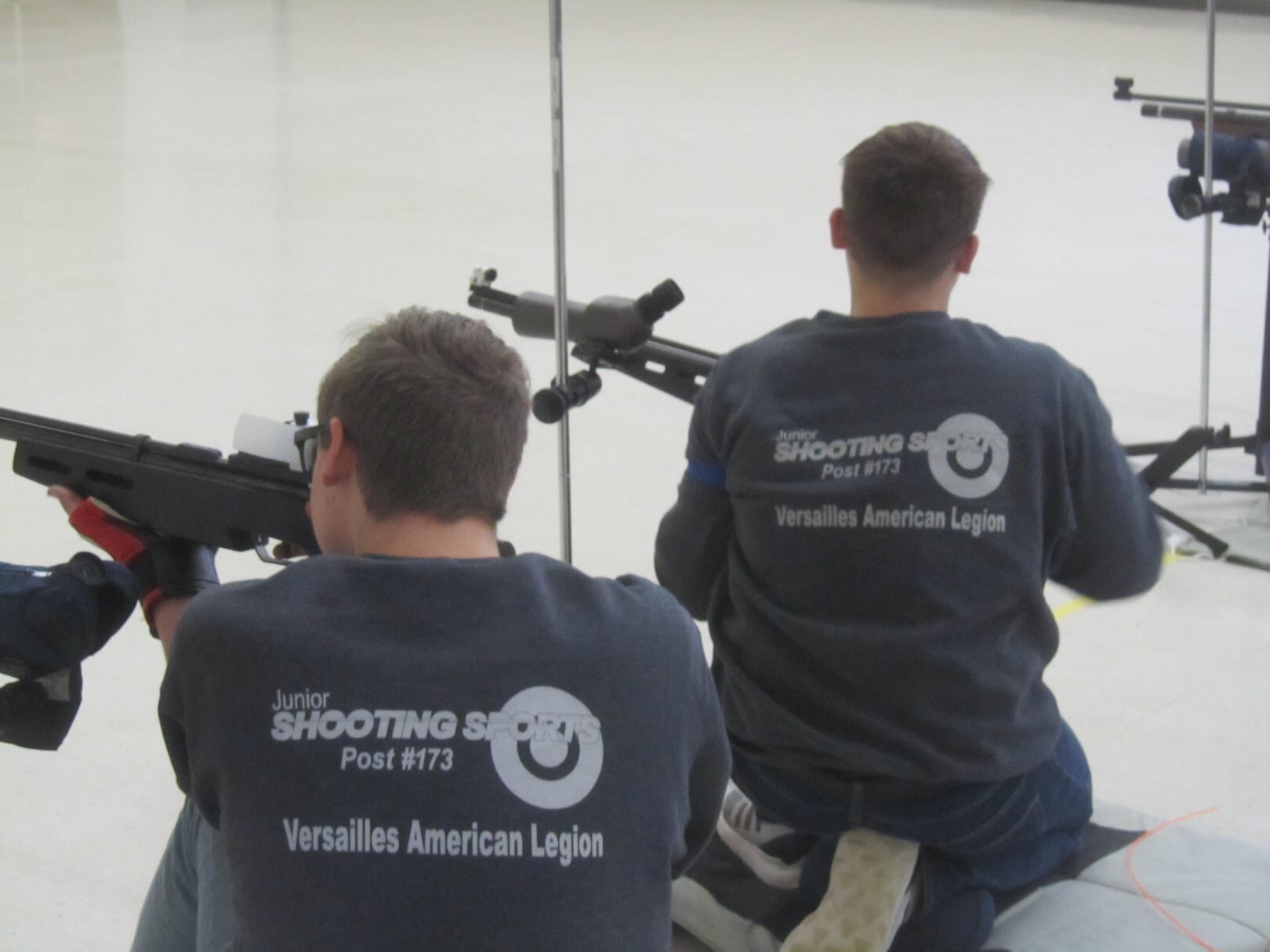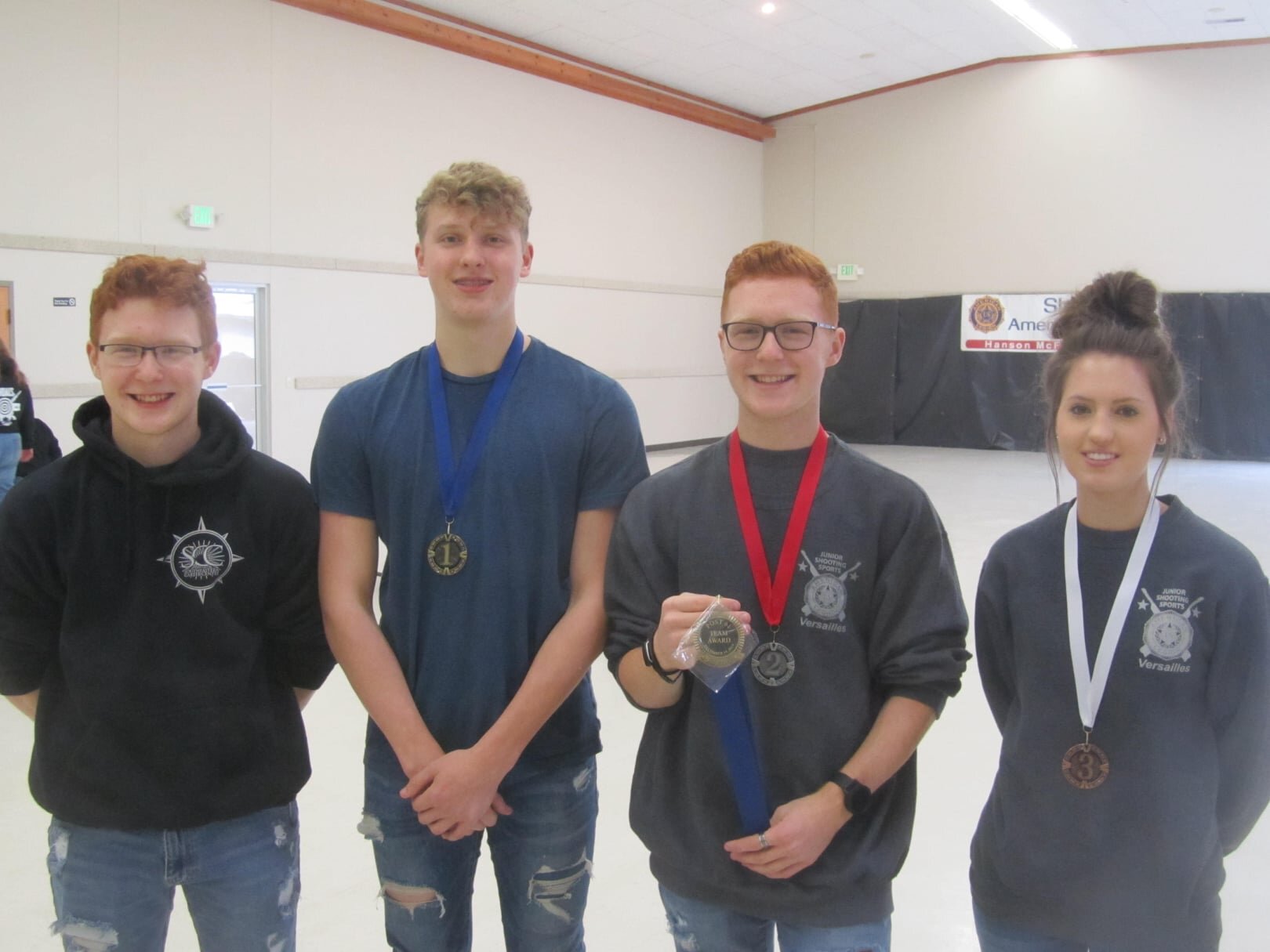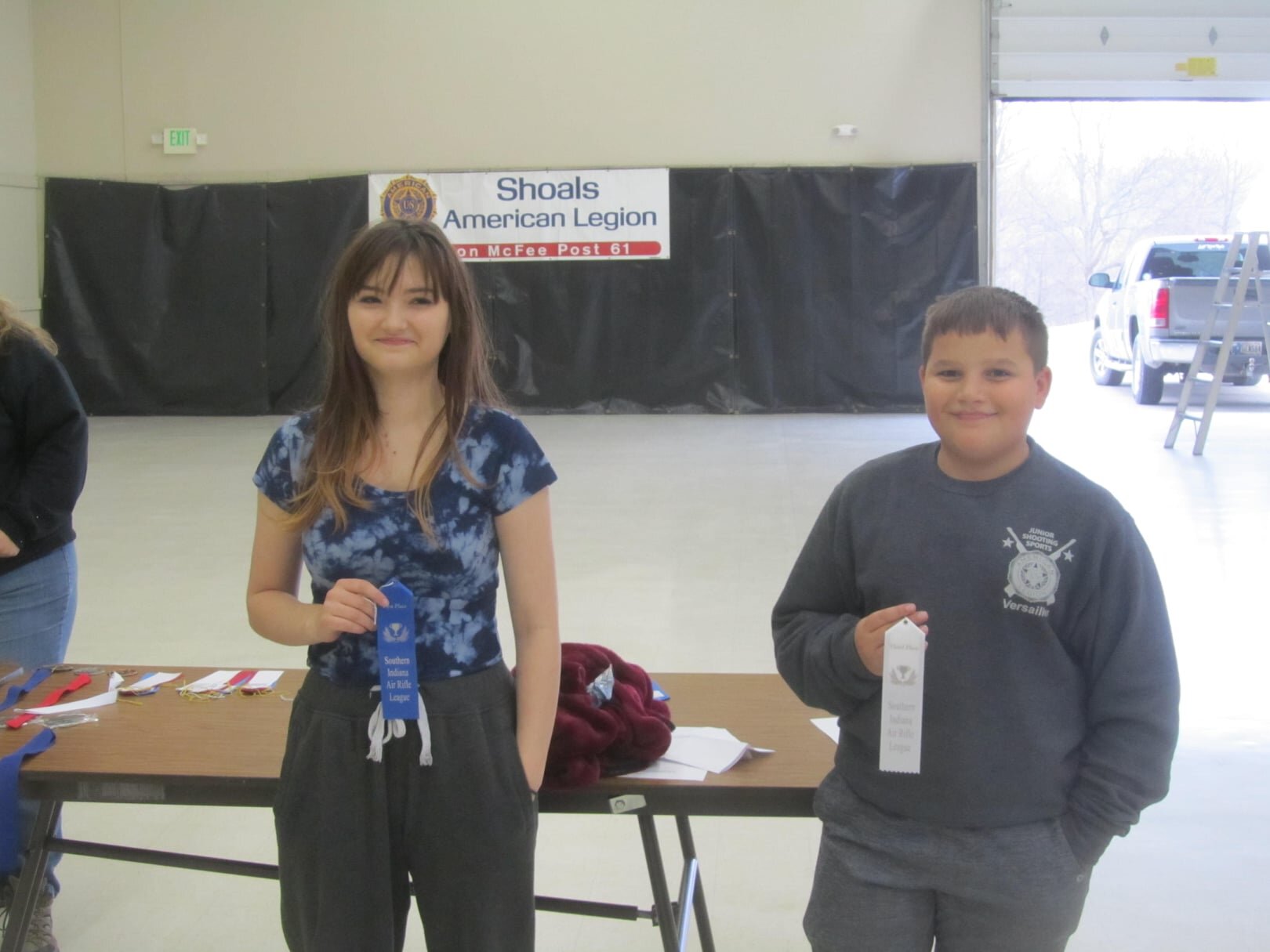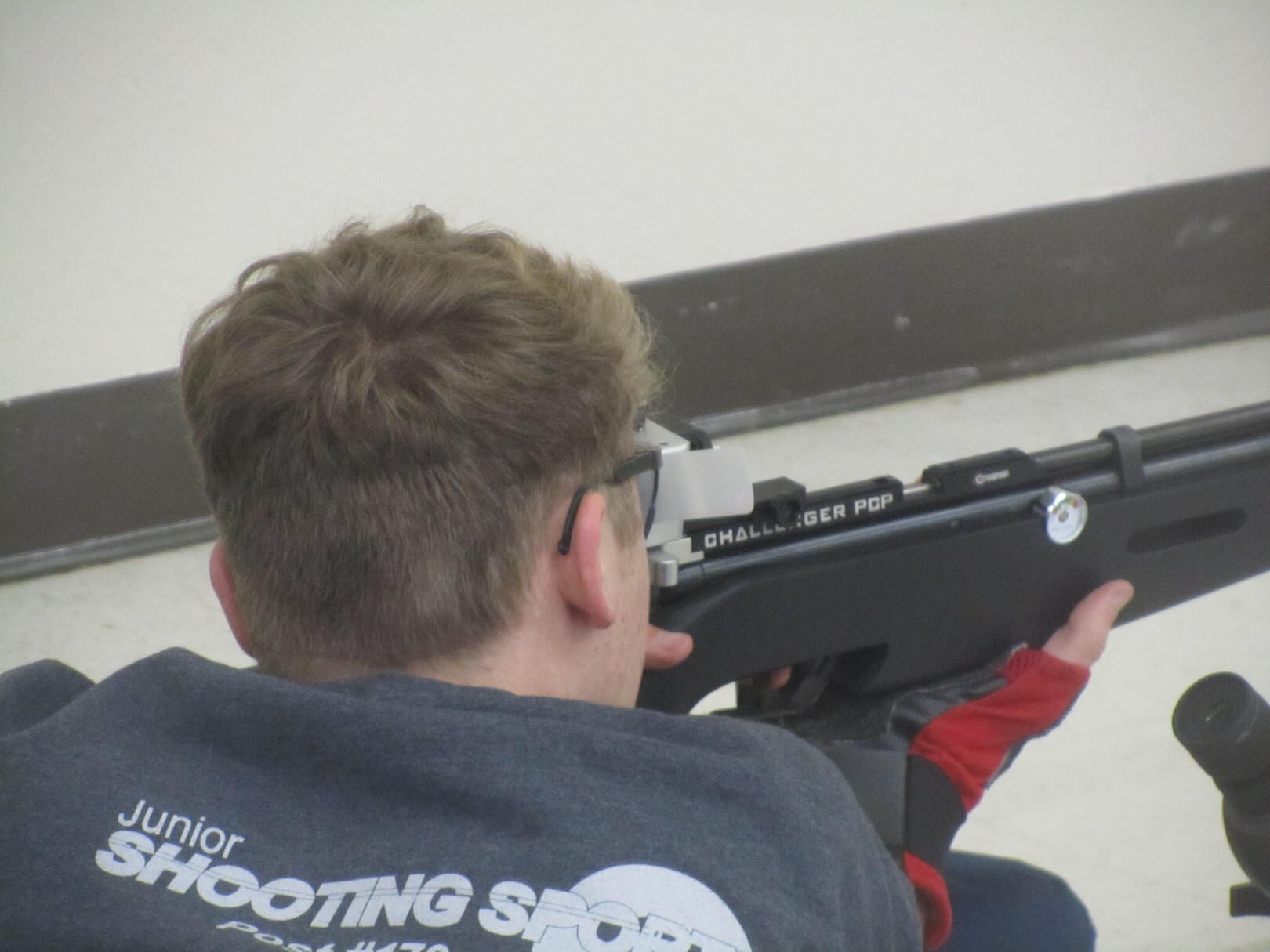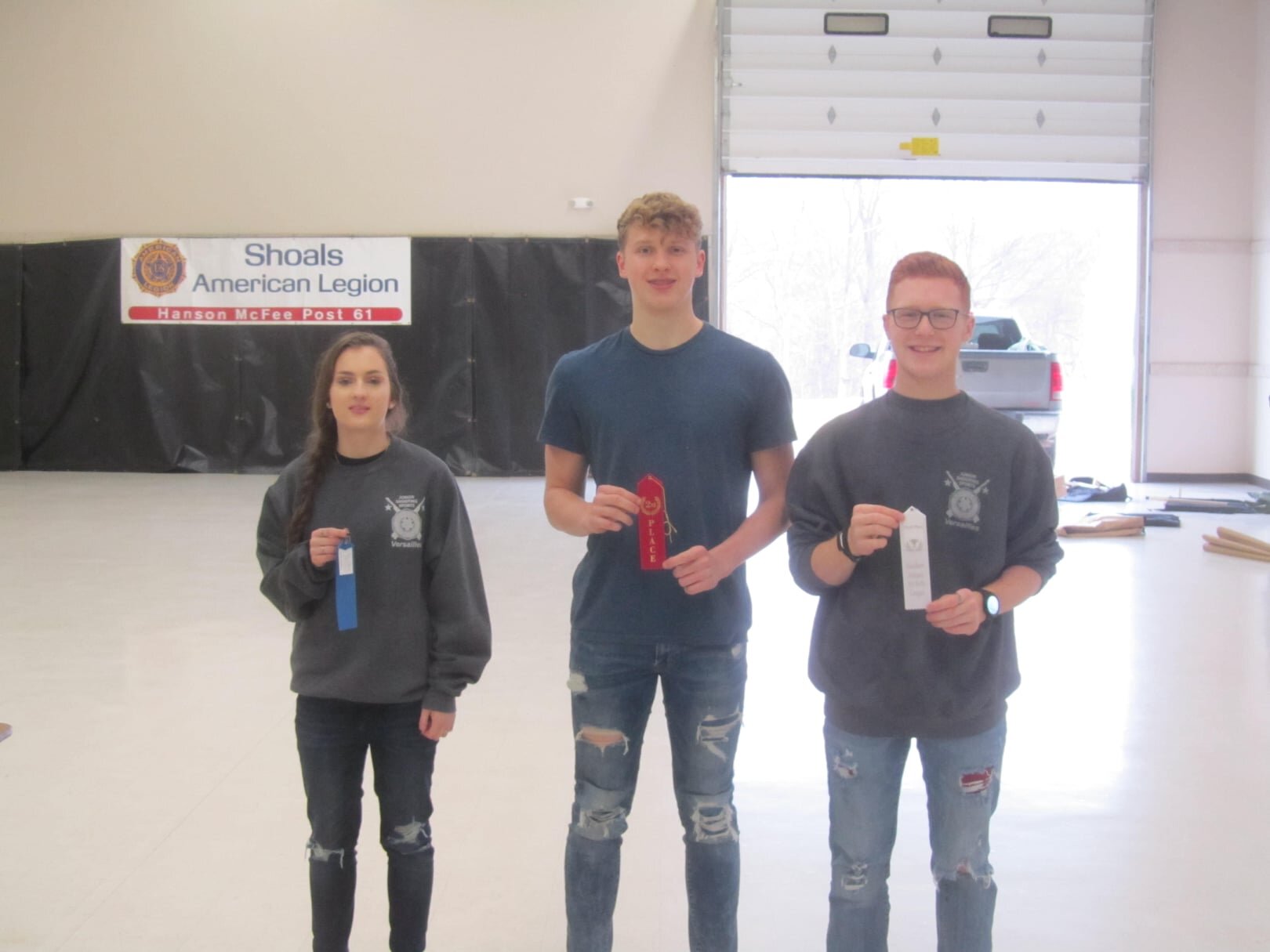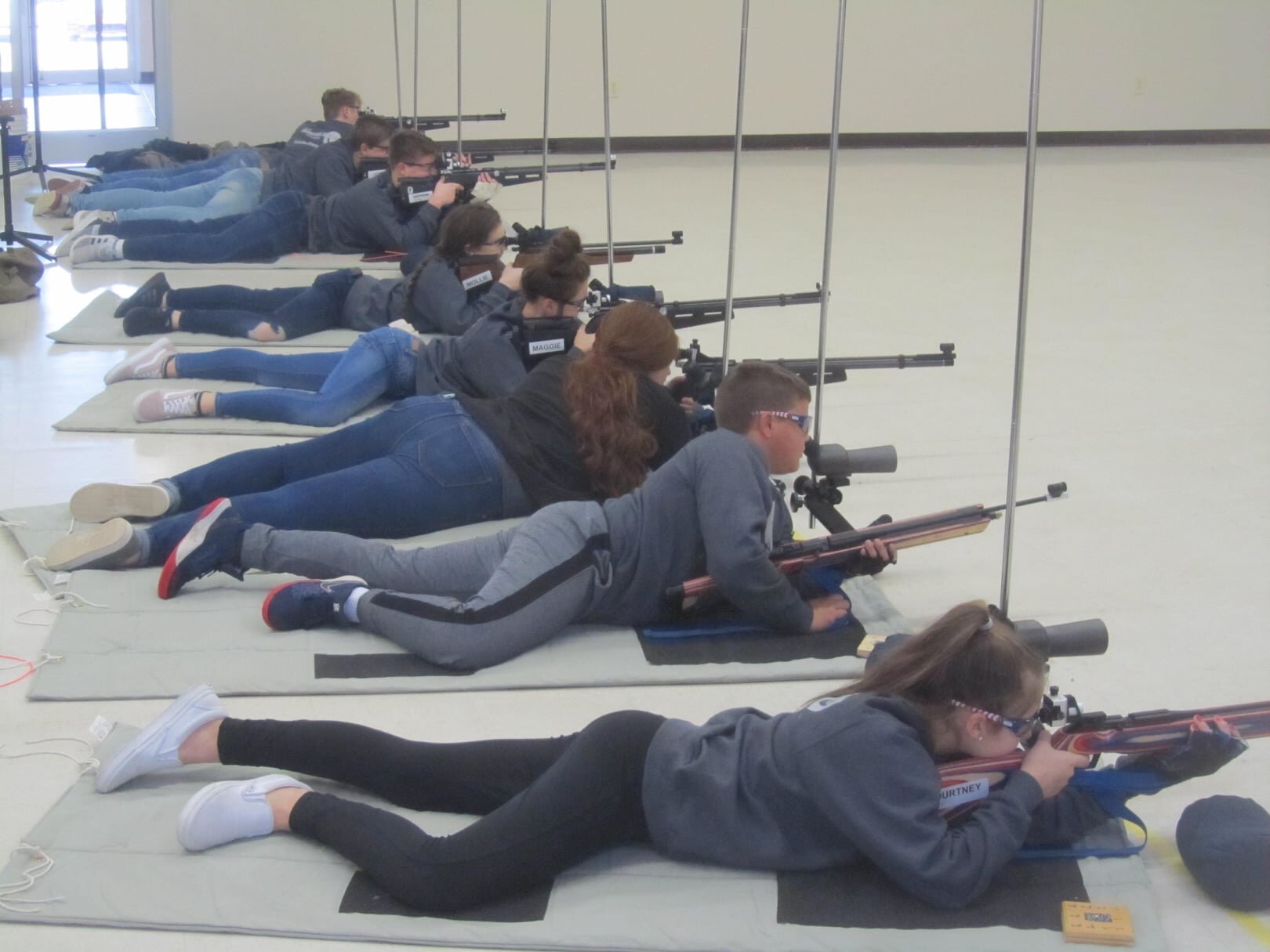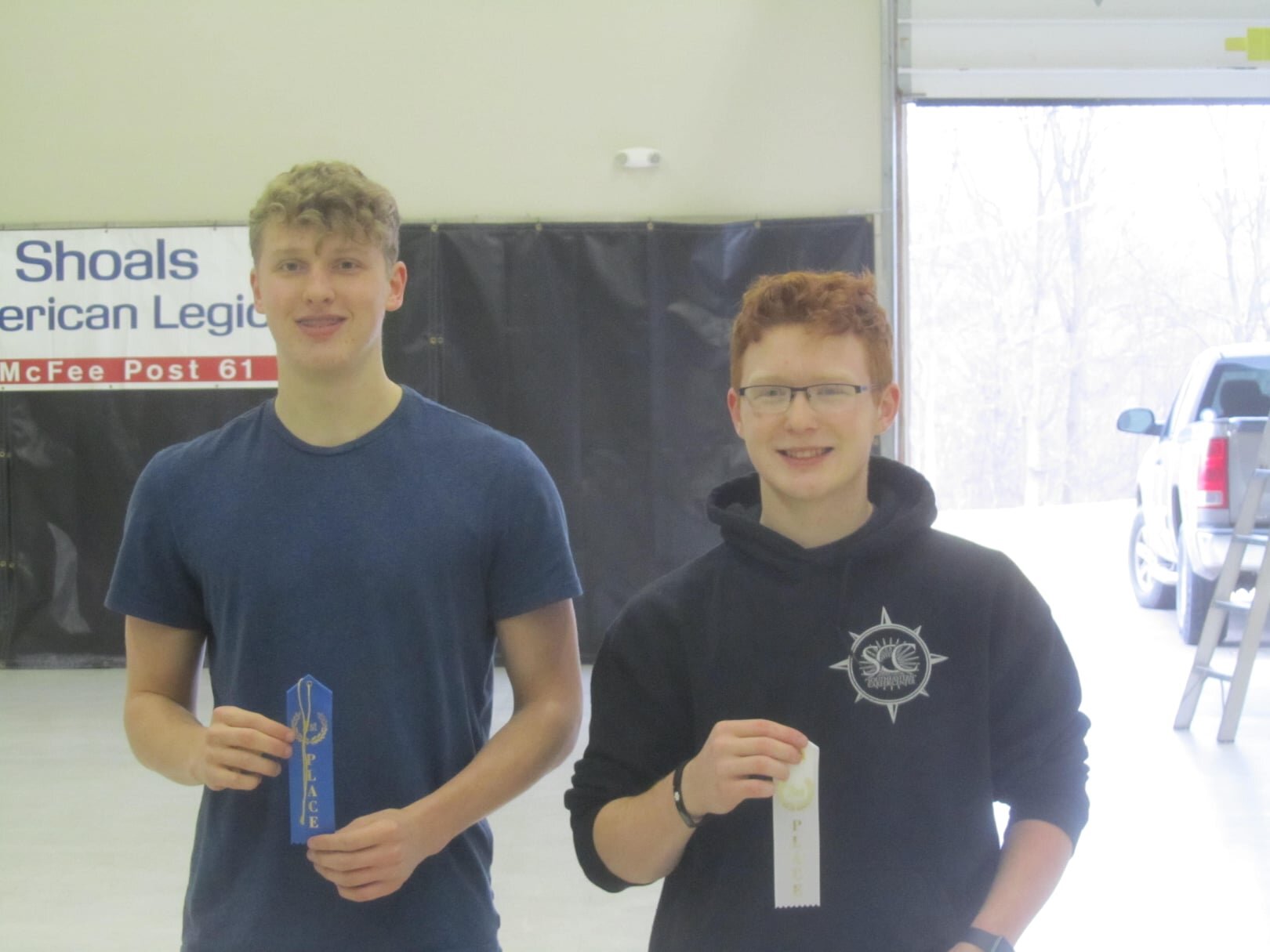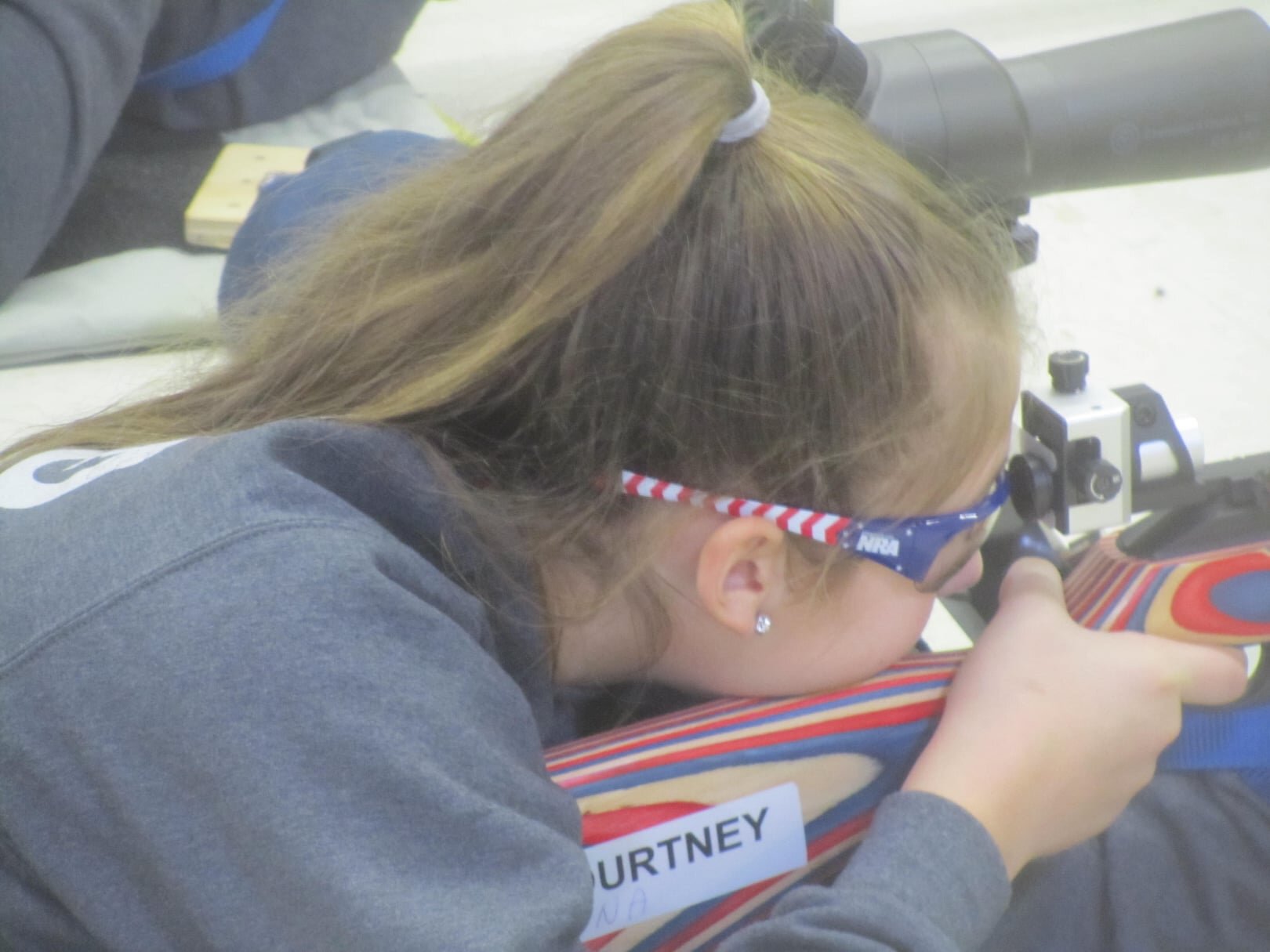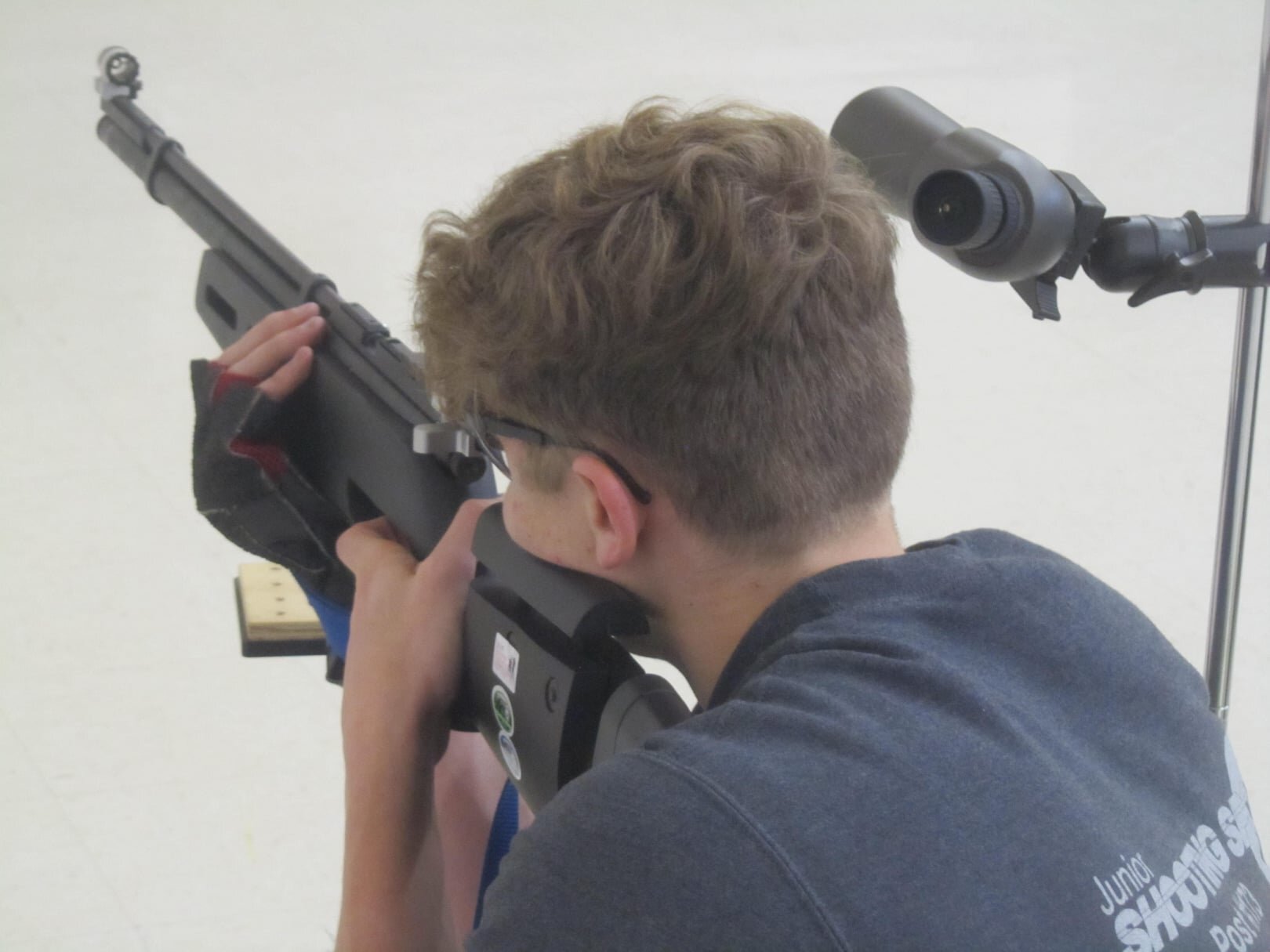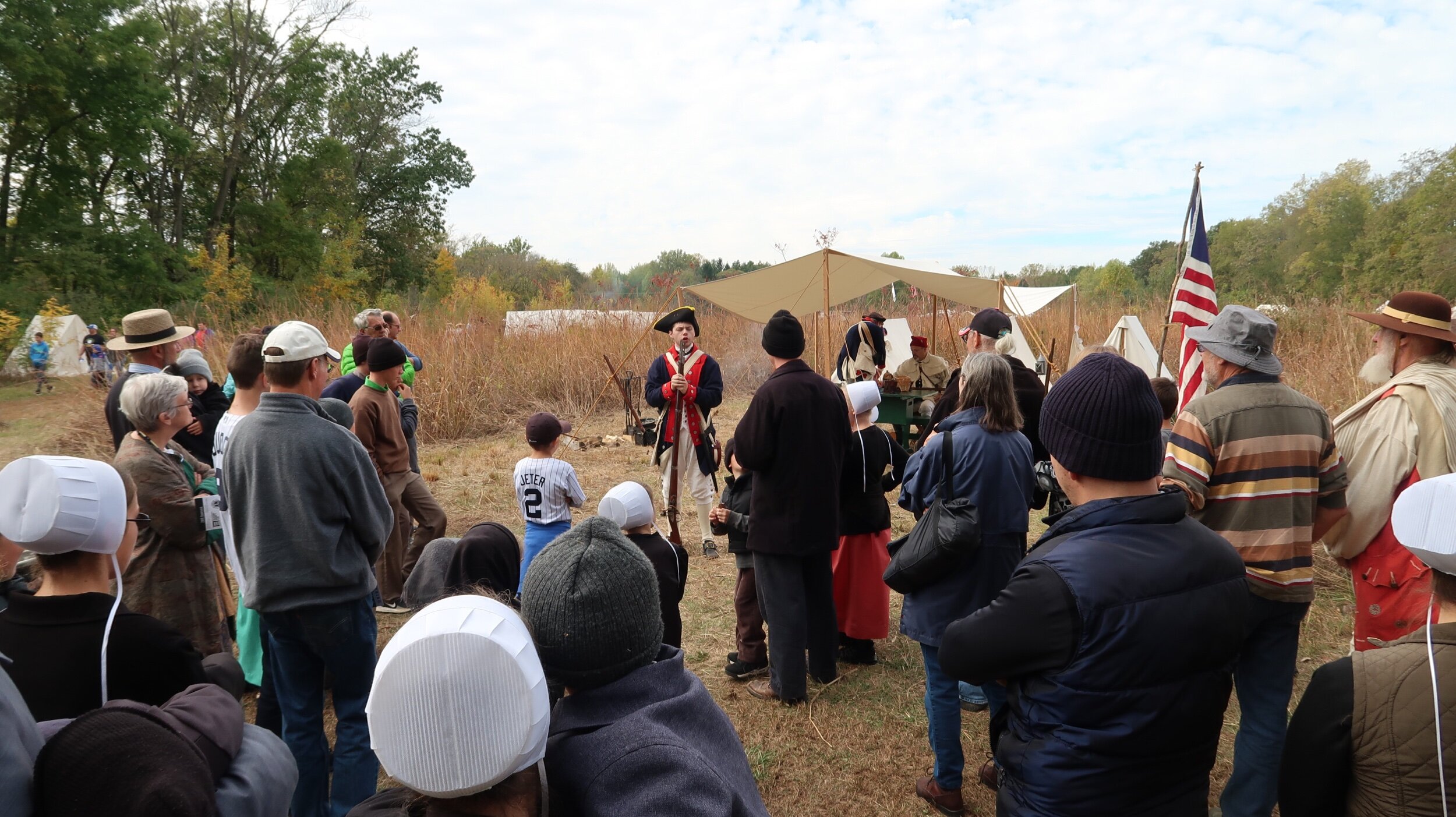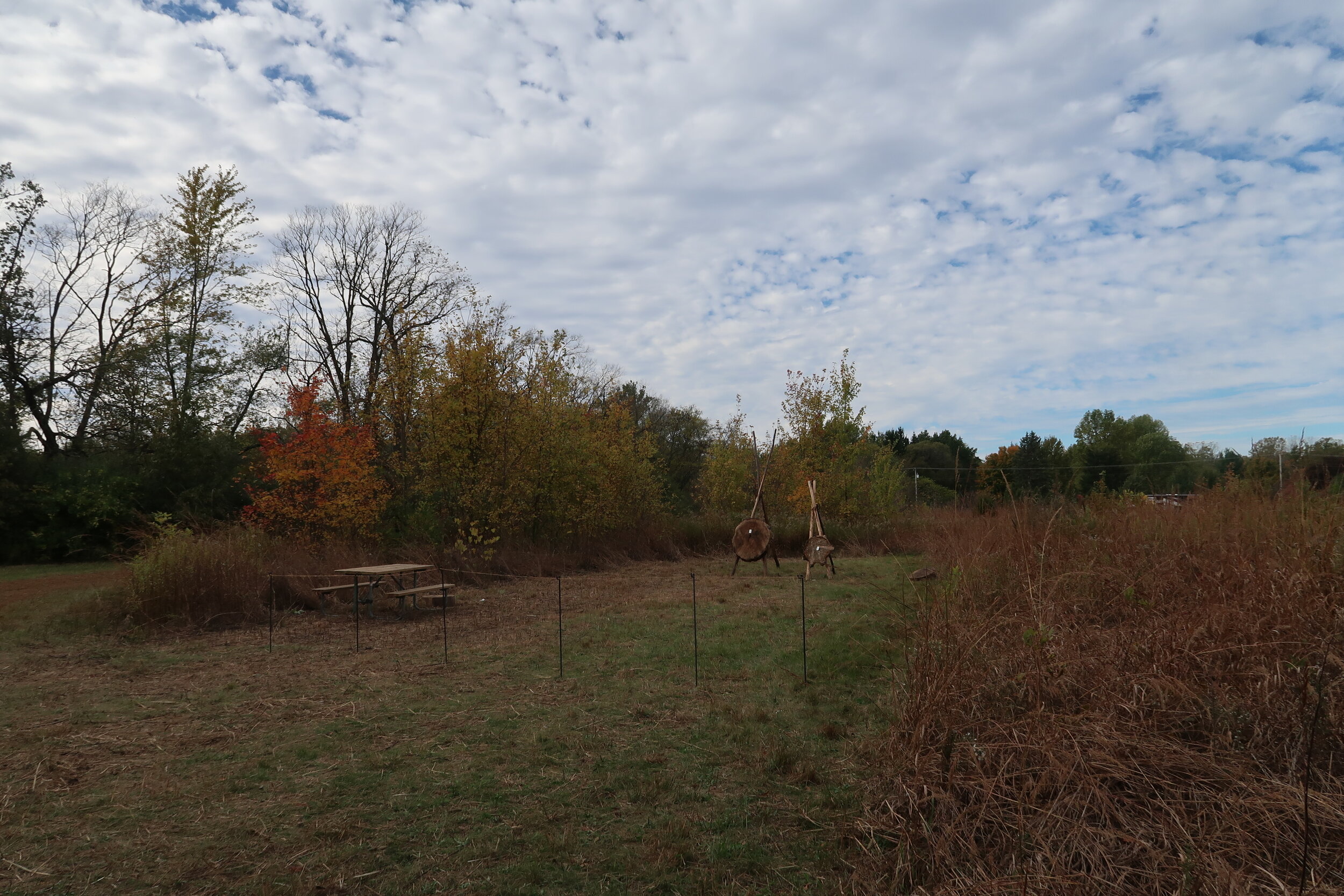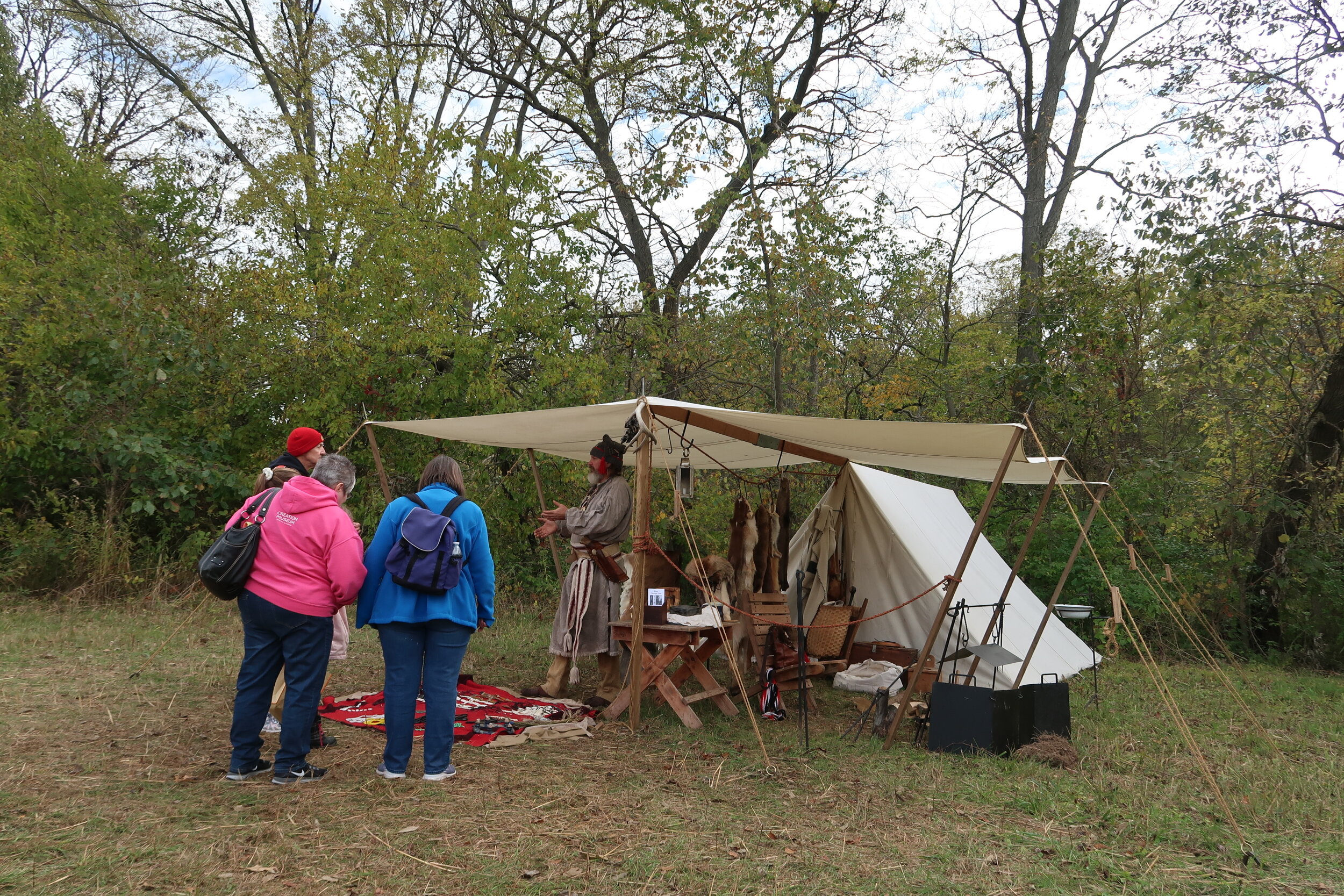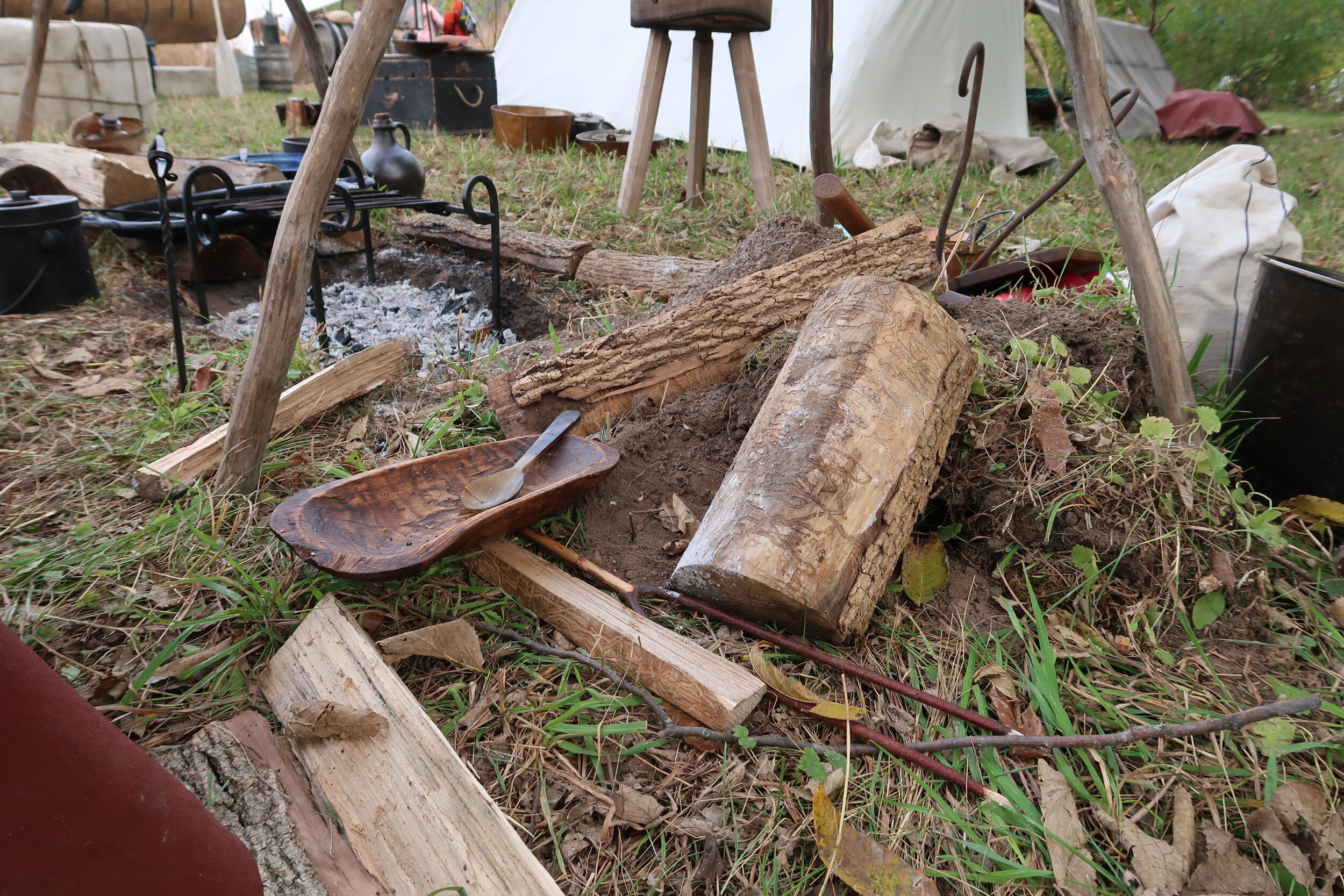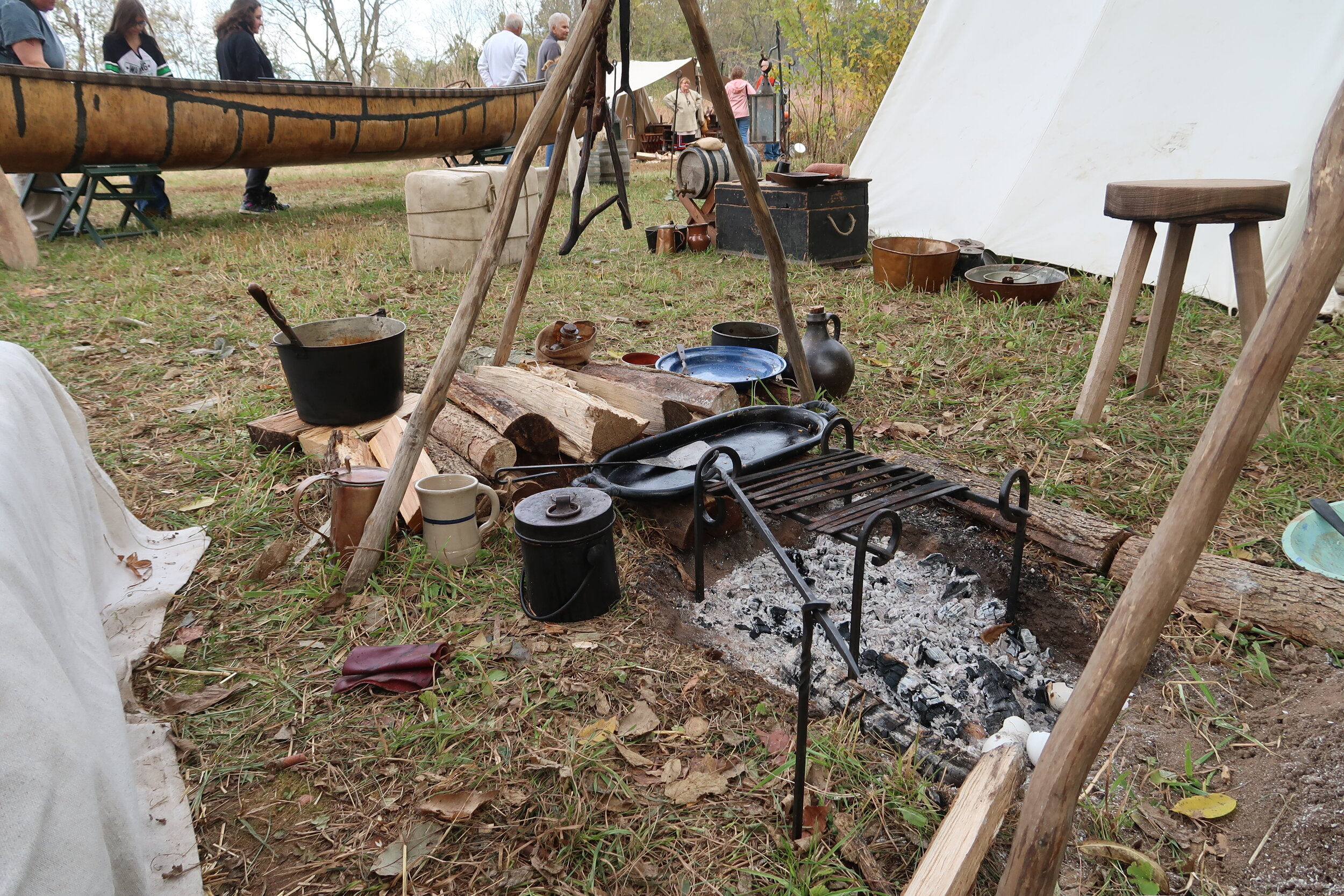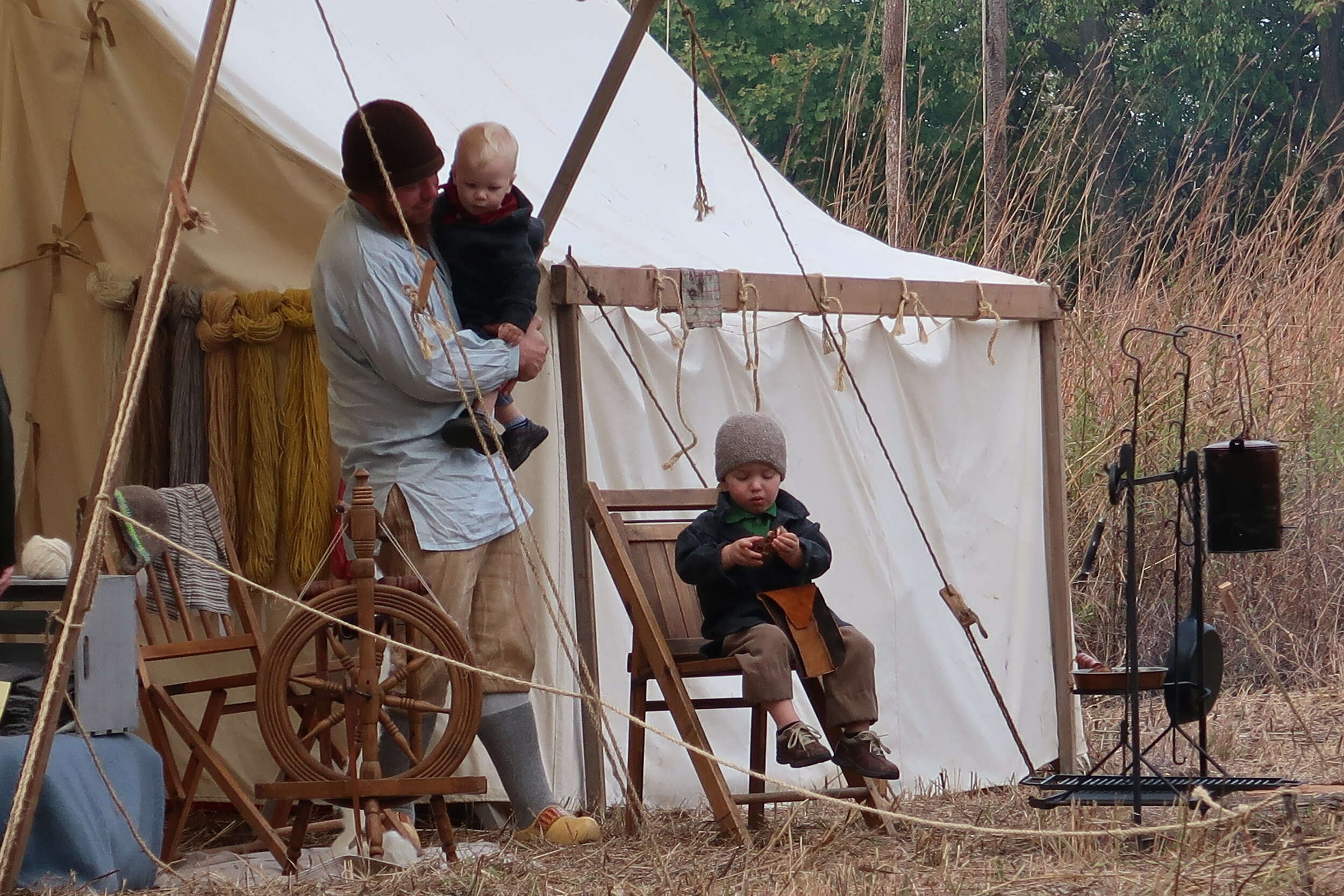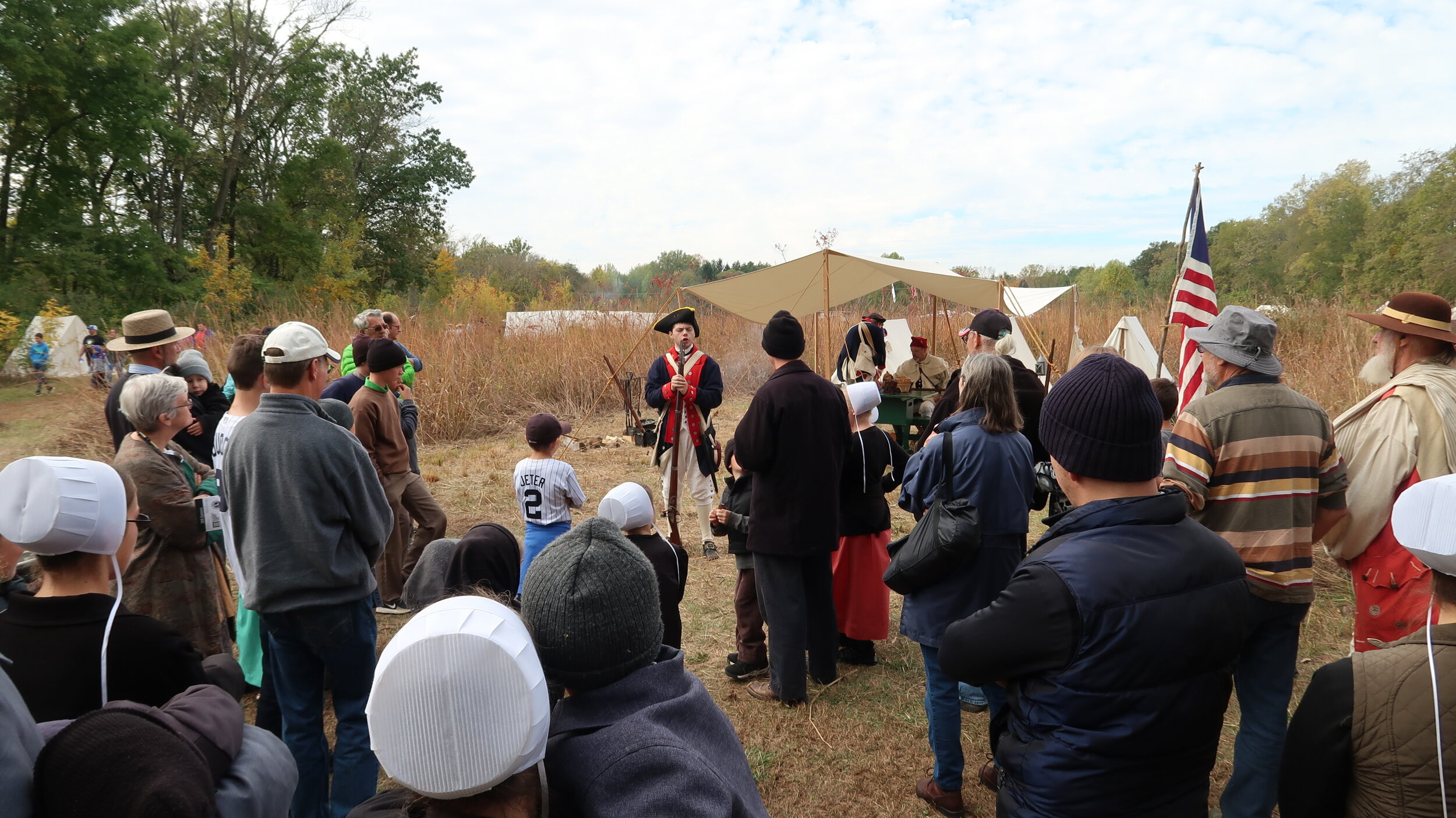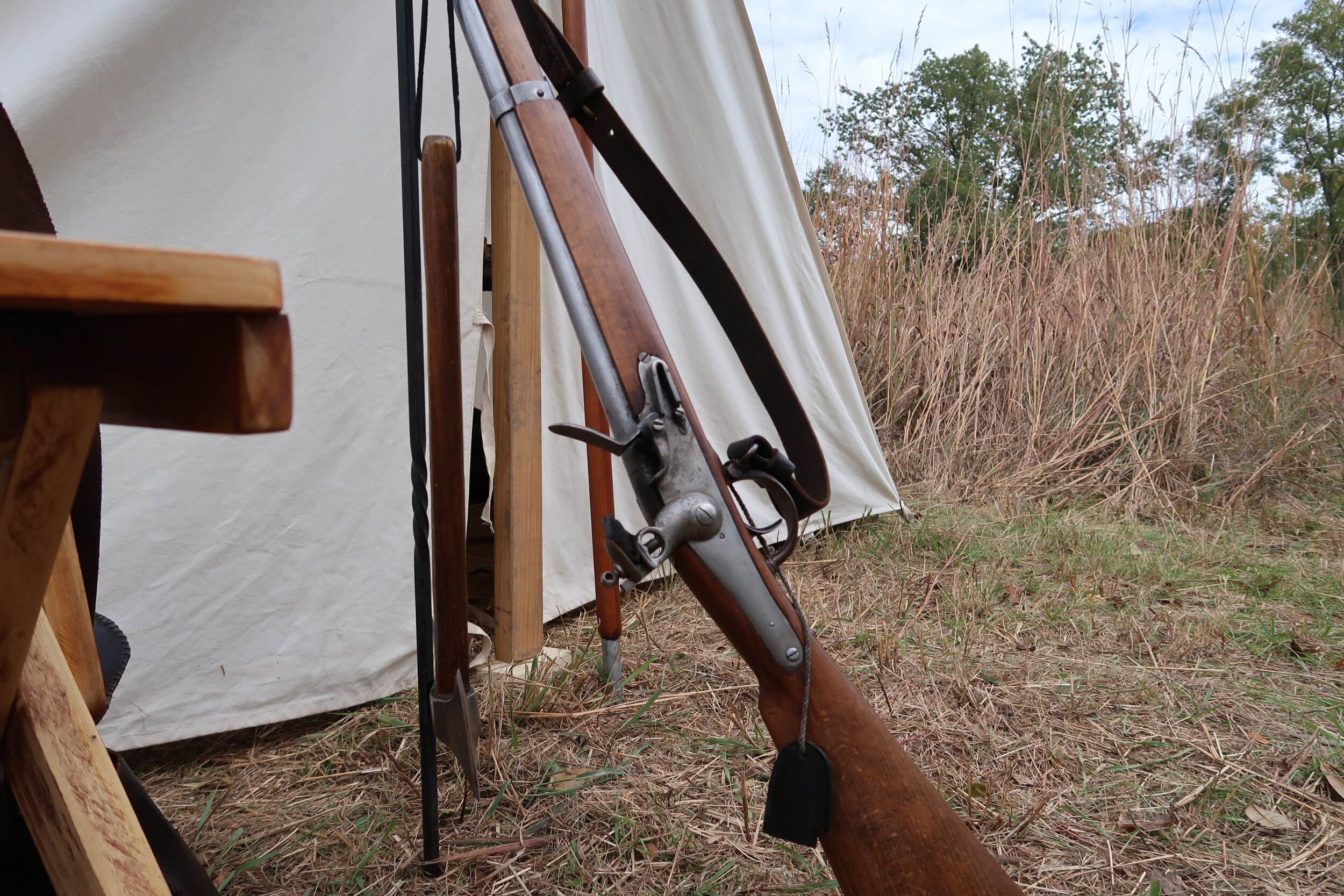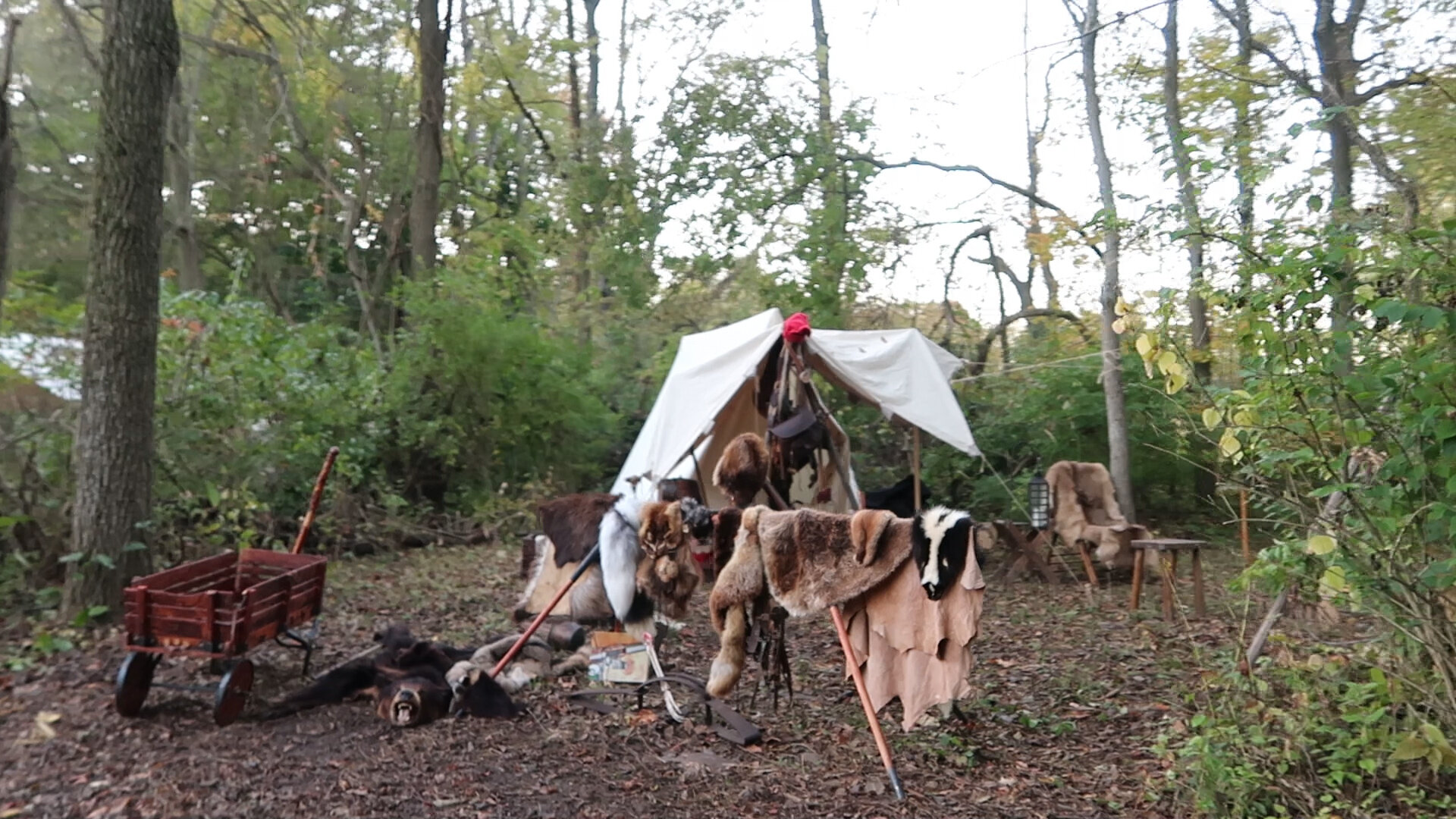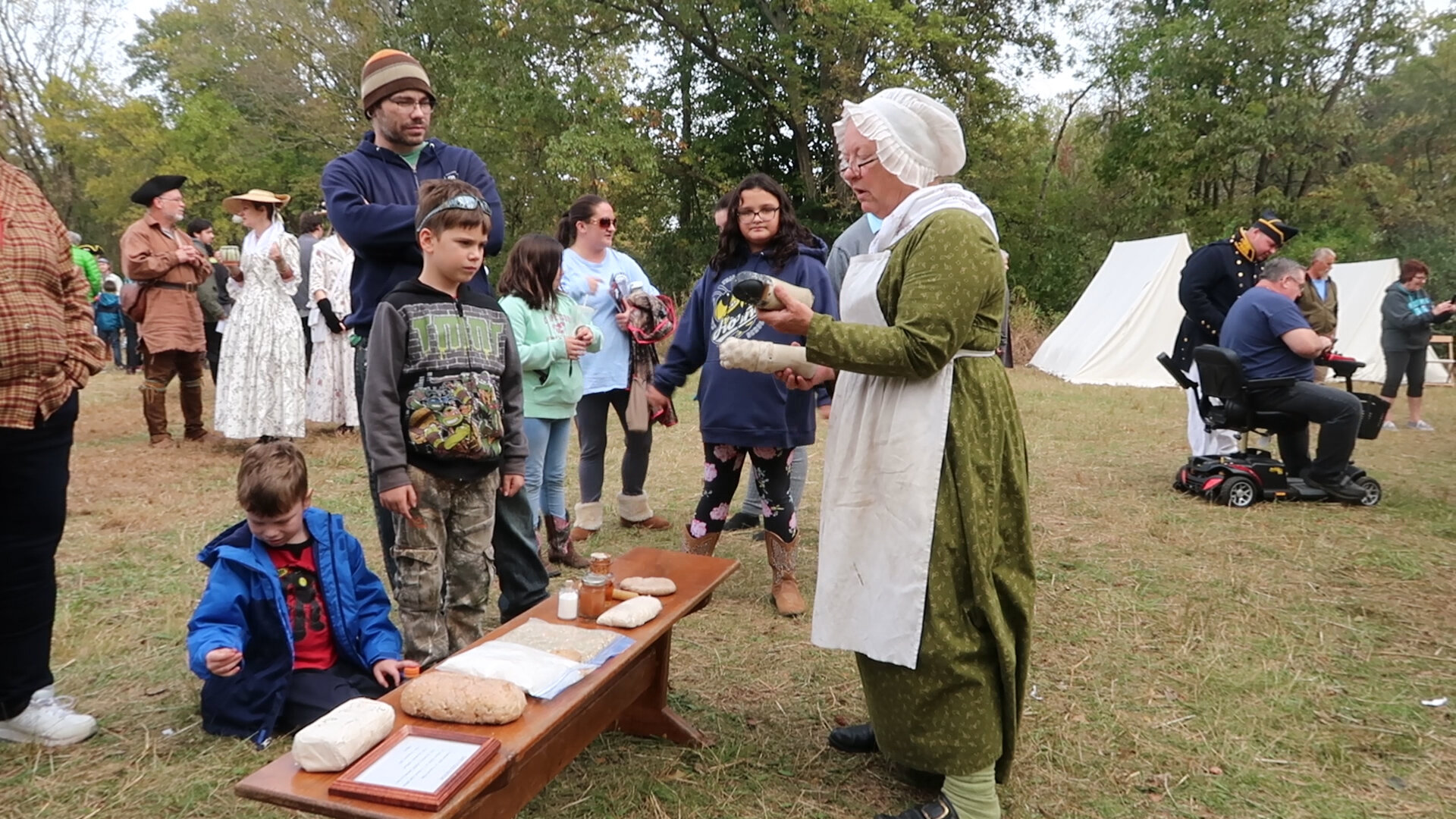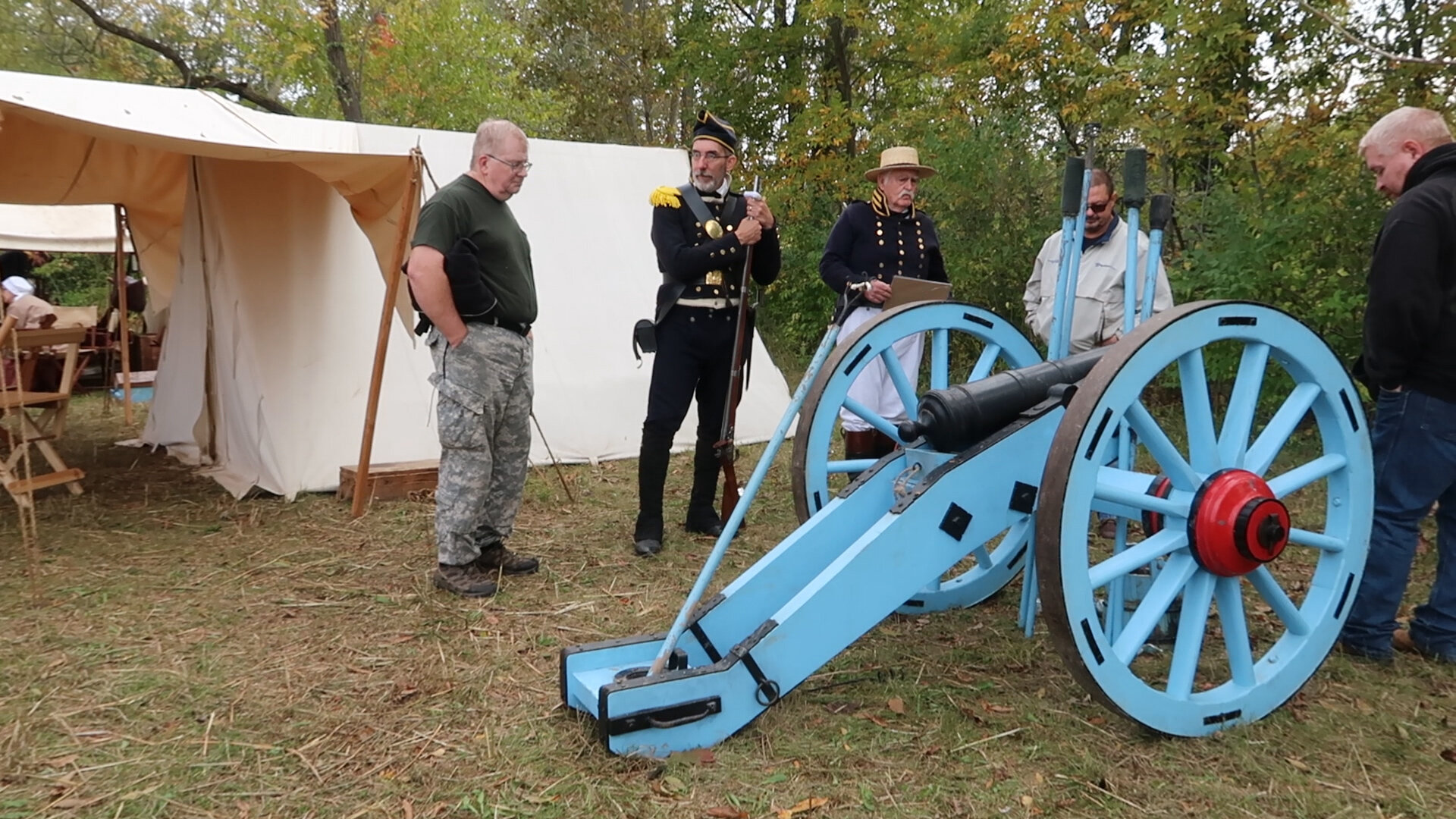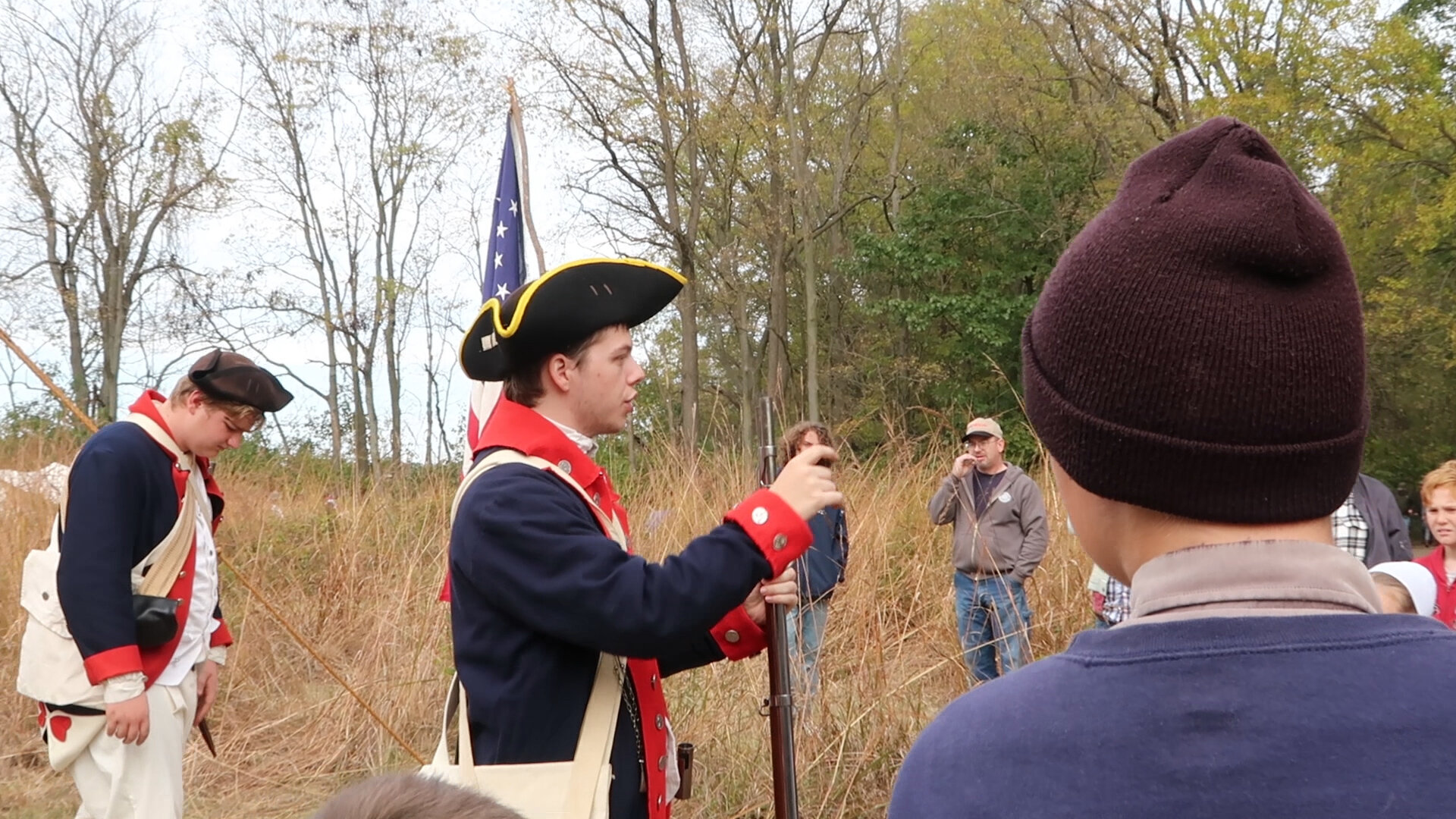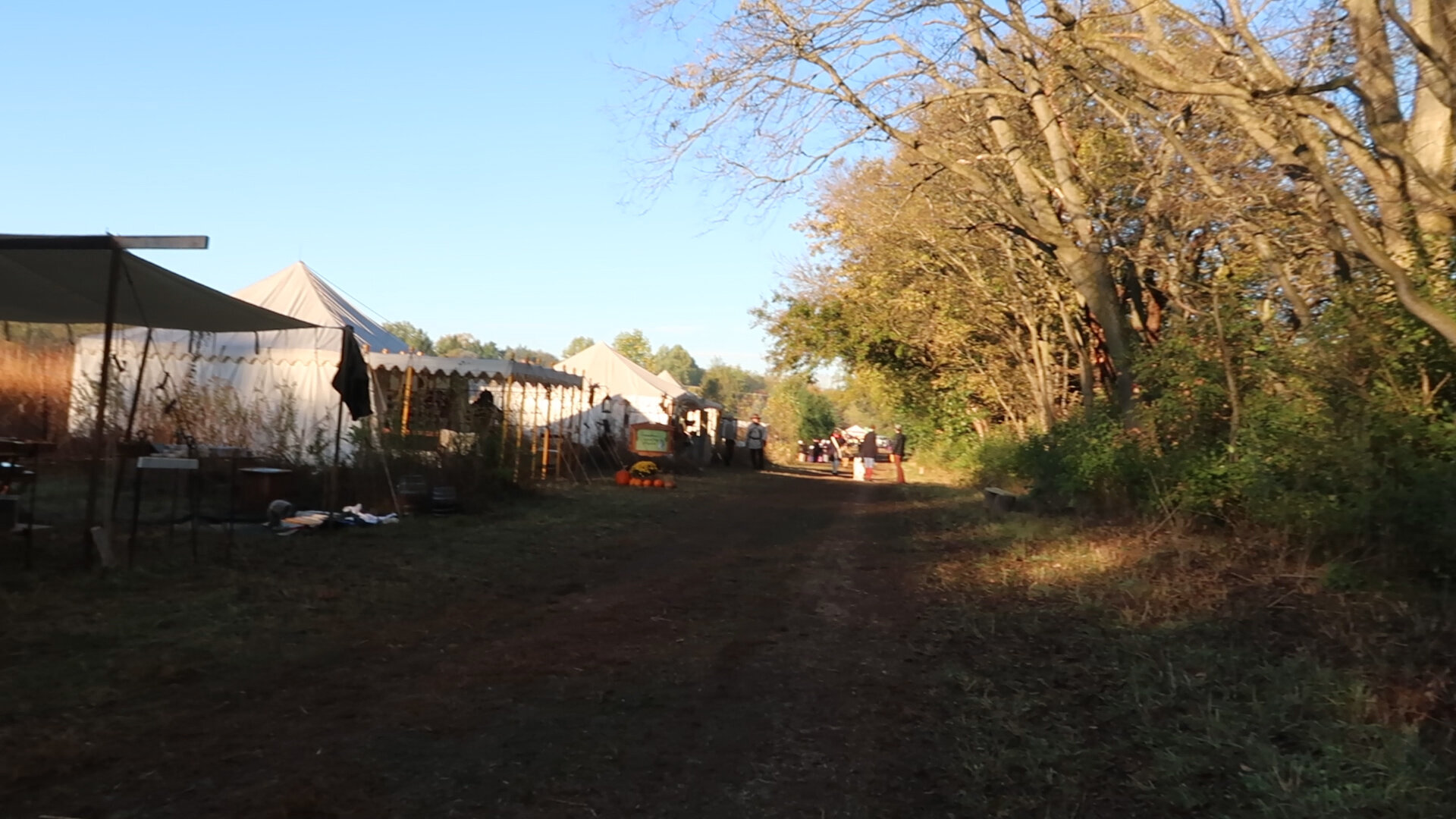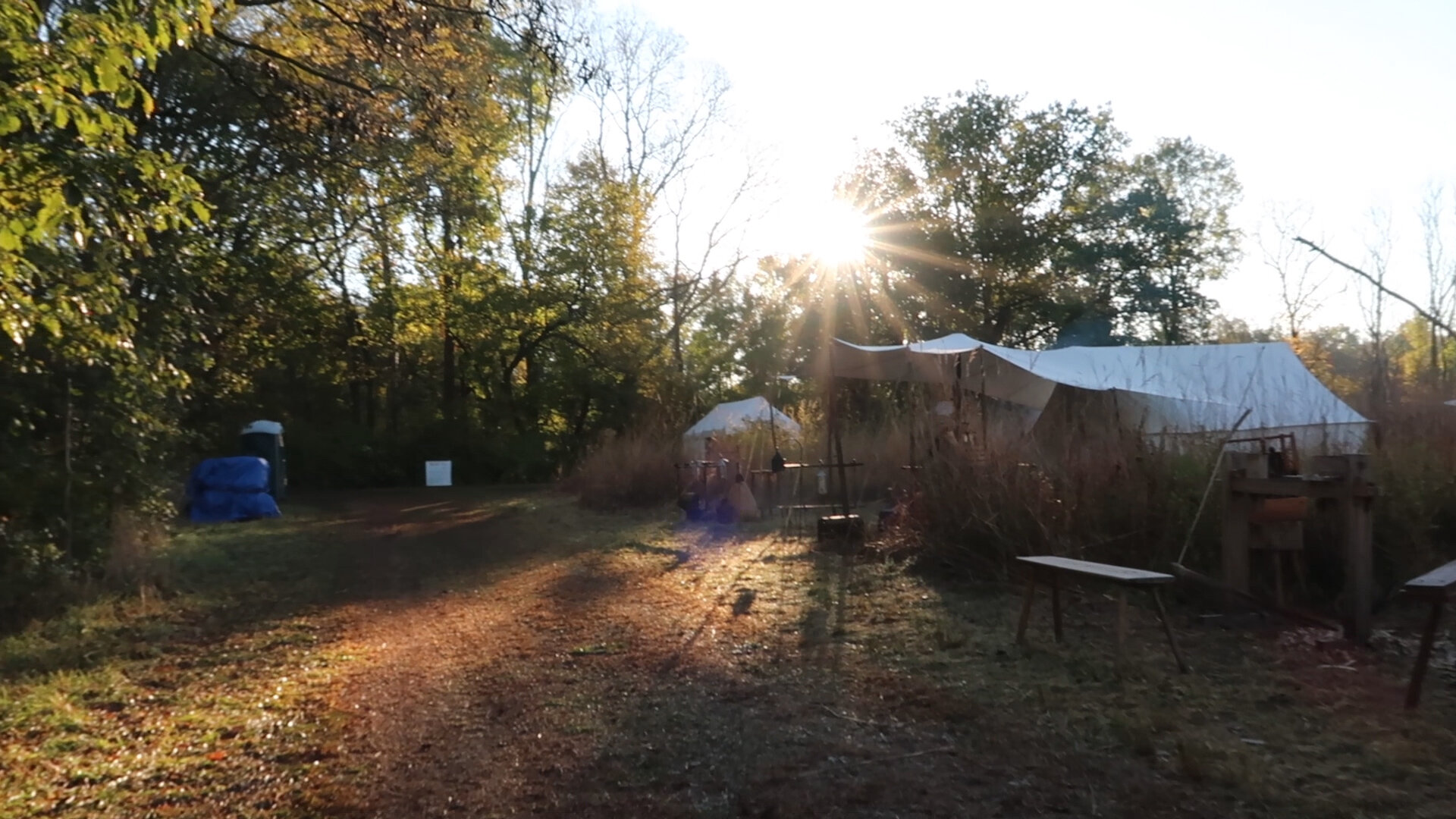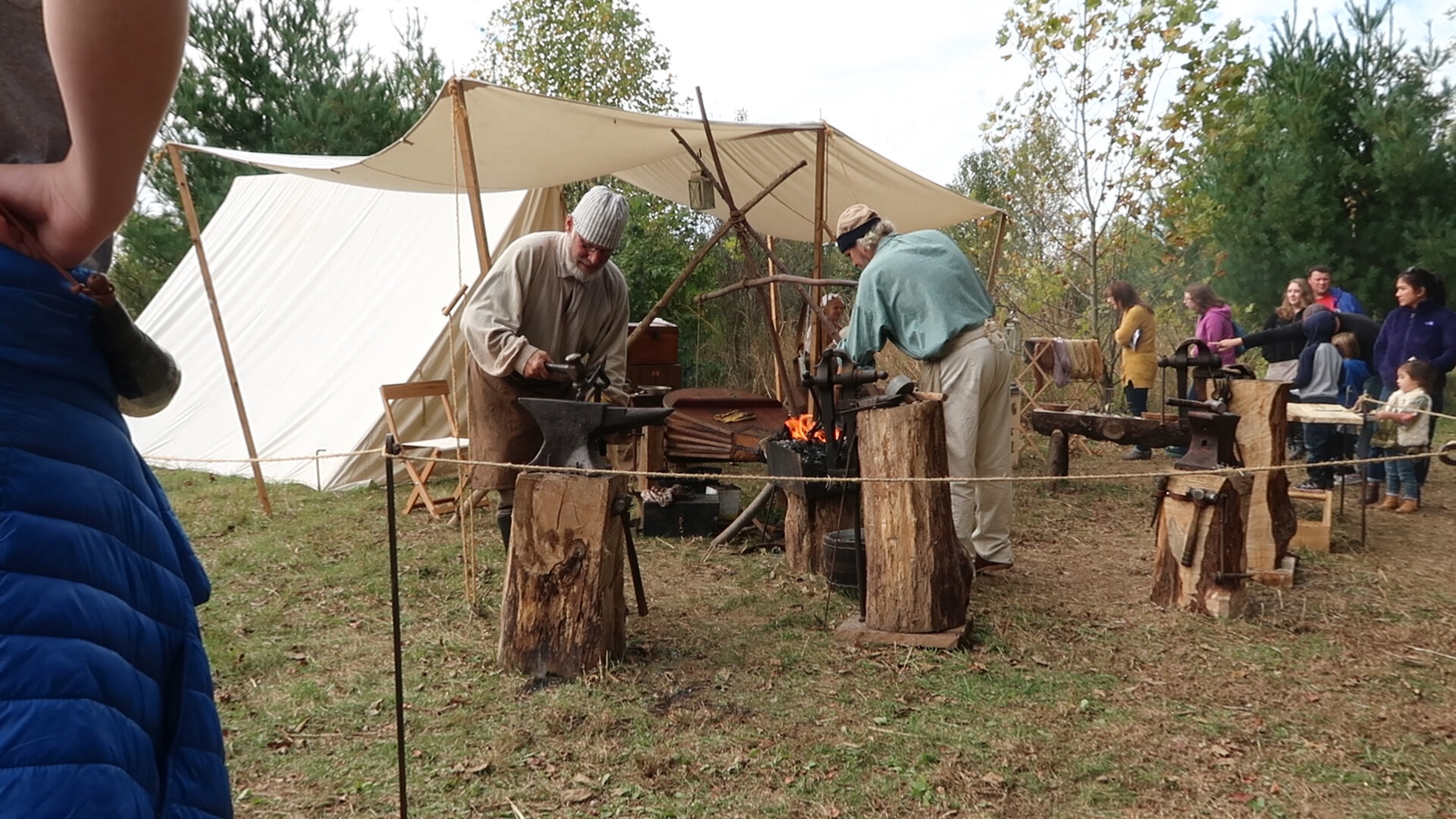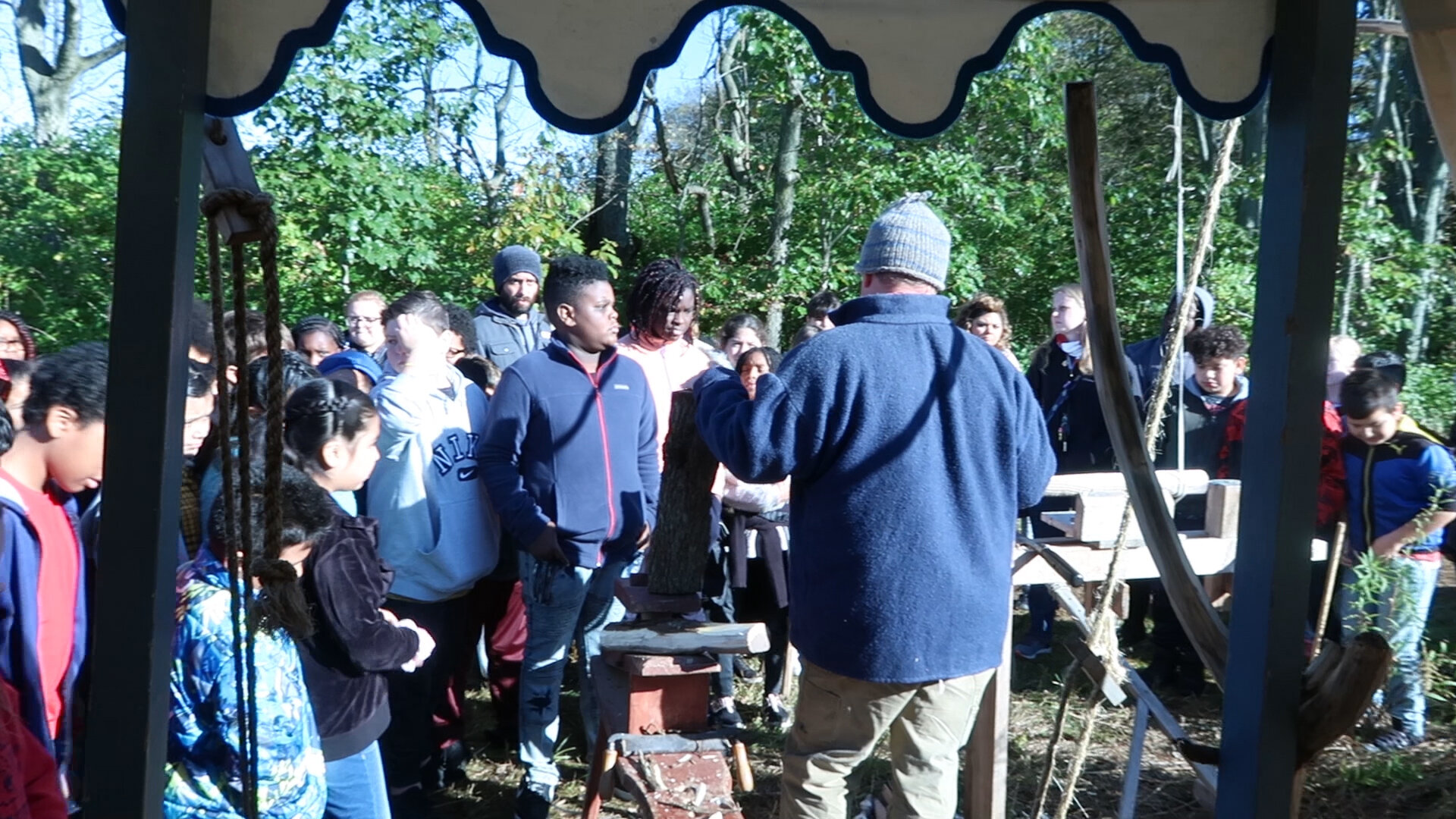By Bob Woodfill
The Ashley Hawken was built specifically for General William Henry Ashley, by Jacob and Samuel Hawken, to defend his keelboats from hostile Indians, as the fur traders went up the Missouri River to establish trading posts. The rifle needed to be capable of shooting farther than the trade guns used by the Indians, who would often shoot down from the overhanging banks along the river, as the keelboats passed. Therefore, a ‘Super Hawken’ was built that could throw a one ounce ball with accuracy beyond 200 yards.
The year was 1822. General Ashley and his partner William Henry, had placed the famous advertisement in the St. Louis newspaper on February 13, for “one hundred enterprising young men, to ascent the Missouri River to its source and be employed for one to three years trapping for furs”. The men who responded to the ad eventually became the who’s who of the American fur trade, including such greats as Jim Bridger, Hugh Glass, Jedediah Smith, William Sublette, David Jackson, James Clyman, Jim Beckwourth and Thomas Fitzpatrick
In April 1822, Henry and the free trappers, who responded to the newspaper advertisement, ascended the Missouri River to the mouth of the Yellowstone River in a keelboat, and later established Fort Henry near the Montana-North Dakota state line. A second boat with their supplies for the winter left St. Louis one month later, but sank only 300 miles up river from St. Louis. A dispatch was sent to General Ashley in St. Louis who in 18-days, obtain credit and assembled another supply boat. This time Ashley went with the supply boat and arrived at Ft. Henry in October. Able to supply the fort, he left Fort Henry and returned to St. Louis to prepare for the 1823 season.
Keelboats, which displaced only about two feet of water, were often used by the fur traders on the shallow waters of the Missouri River. They were usually from 40 to 80 feet long, and were built with a strong central keel that helped deflect obstacles in the shallow water. Except for a rare day in which the sail was useful, they were either rowed, poled or pulled upstream by the crew of 20 to 30 men.
Swivel cannons were often utilized on river boats for short-range defense. They ranged from 18” to 36” in length and had a smooth bore from one to two inches in diameter. This bore was quite suitable for a hand-full of musket balls, but only effective for short-range defense. The Lewis and Clark Expedition of 1804-1806 had a swivel gun mounted on the bow of their keelboat by Captain Clark, but it was never used.
It was probably during the winter of 1822/23, after returning from his first trip up the Missouri River, that General Ashley commissioned the Hawken gunsmithing shop to build a Super Hawken, to help combat the continuing harassment of his keelboats by the Indians. The gun was to be designed for long-range shooting, and capable of reaching with accuracy the numerous river bluffs, which lie above the Missouri River.
We know only three things for certain about the Ashley Hawken from information given in a 1882 newspaper interview with Sam Hawken. First, it was built by the Hawken shop for General Ashley. When Sam Hawken gave the newspaper interview, he was 90 years old, and was very ‘inclusive’ in his remembrance of the early years. In 1821 Jacob was listed in the first city directory as a gunsmith. Sam arrived in St. Louis on June 3, 1822, a year later. Sam simply recalled that “We supplied the gun to Ashley”.
I don’t believe that it has been pointed out before, but this rifle would have been J.&S. Hawken rifle Serial #1, or the first rifle built with the combined talents of both Jacob and Samuel Hawken. In the newspaper interview, Sam called it a “Super Rifle”, because it fired a one ounce ball from a three and one-half foot long barrel. These basic specifications leave considerable room to speculate about all of its features, but some other clues can help us determine its probable configuration.
Jacob Hawken came to St. Louis in 1819, after working from 1808-1818 at the Harper’s Ferry Arsenal in Virginia. He was very familiar with the strong and weak features of the U.S. Model 1803 Harper’s Ferry rifle and later models of U.S. Government rifles. He watched as brass fittings gave way to stronger steel fittings. The caliber of the Government models was increased to 69-caliber to extend their effective range. The barrels of the latest 1821 Models were round and a full 42” long.
.
When Jacob Hawken came to St. Louis, he and James Lakenan, another gunsmith who had worked at the Richmond, Virginia armory, shared a log house from 1820 to 1825. Jake, and later Sam, were both influenced by the Virginia gunsmith James Lakenan, and the iron-mounted rifles which originated from the Virginia region on the east coast. The Super Hawken that was to be built for Ashley would naturally be the product of Jake Hawken and James Lakenan’s experiences during their many years working at the armories.
A fourth, and often unmentioned feature of the Ashley Hawken, is that it was a flintlock. Irrespective as to when the percussion cap was originally invented in Europe, they were first seen on the east coast in 1825/26, and later first advertised for sale in St. Louis in 1831. The Ashley Hawken predated the introduction of the percussion cap in the St. Louis area, and it was a flint ignition rifle. Because of Jake’s familiarity with the 1803 through 1821 U.S. Government rifles, he would have probably chosen one of the large and dependable flint locks that were used on the U.S. Springfield musket models.
As reported in the August, 1976 issue of the The Buckskin Report, there was an earlier attempt to build a rendition of General Ashley’s 69-caliber flintlock Hawken. Such notables of the time combined their talents to make John ‘Dinglehoofer’ Baird a copy of Ashley’s Hawken. They were Andy Baker (stockmaker), Bill Large (barrel maker), Tom Dawson (flintlock), Bob Roller (triggers), Jack Haugh (trigger guard), Bill Fuller (buttplate), Randy Cochran (wood) and Tony Lageose (engraving). The finished rifle weighed 11.75 pounds and boasted a 37-1/2” long octagonal barrel with a thickness of 1.1875” at the breech and 1.0625” at the muzzle. The full-stocked rifle was exhibited and fired at Friendship, IN with a 0.690” diameter round ball, a 0.016” thick denim patch, and 160 grains of GOI 2FFg black powder. Its power and recoil were impressive…!
Pictures of this rifle shows its styling be more representative of an early J.&S. Hawken full-stocked rifle with iron fixtures. I believe that a better interpretation of the original rifle can now be made. Before starting my recreation of Ashley’s Super Hawken, I consulted with Don Stith, Bob Roller, and other Hawken bugs of today. The following is my reasoning for selecting the rifle’s basic components.
Caliber--In Sam Hawken’s 1882 newspaper interview, he says that Ashley’s Hawken threw a one ounce ball. Technically, a one ounce ball would weigh 437.5 grains or be about 0.660” in diameter. In the literature, I have seen the caliber quoted from everything from 66 to 69-caliber. The U.S. Springfield Musket--Model 1821, the last flintlock musket procured by the U.S. Army, was a 69-caliber smooth-bore. I believe that Sam’s reference to a ‘one ounce ball’ would refer to the 69-caliber ball which was the norm of day, and used in the most advanced long-range muskets made prior to 1822.
Barrel--According to Sam Hawken, the barrel was three and one-half feet (42”) long, or the same length as the U.S. Springfield Musket--Model 1821. This length of barrel would be required to get adequate velocity from a 69-caliber ball for long-range shooting. To obtain the accuracy required at 200 yards, the barrel would have had to be rifled. Jake knew that an octagonal barrel was stronger than the round barrels that were used on the the U.S. muskets, and as a bonus, it would add some weight to the rifle to lessen felt recoil.
Lock--I believe that Jake would have used a flint lock similar to or taken off one of the U.S. Springfield Model 1803 to 1821 models. They were large and dependable--using a large musket-sized flint to produce a massive amount of sparks. These locks utilized a reinforced hammer to strengthen the hammer, hereby giving a smaller chance of breakage with repeated, hard use.
Buttplate--I believe that Jake would have used a flat iron buttplate as was standard on the military models. A flat buttplate would have lessened the effects of felt recoil much better than the crescent-type buttplates used on Kentucky and later Hawken rifles.
Triggers and Guard--I believe that Jake would have wanted to incorporate a double-set trigger system on the rifle to enhance precise shooting at the longer distances. To accommodate the double-set triggers, an English-style trigger guard with a large bow was probably used.
Stock--The U.S. Springfield Model 1821 used a full-length stock with its 42” barrel. Jake would have given the stock a more Tennessee-type stock design with a thinner wrist to incorporate the double-set triggers, all in combination with a long tang for added strength. Either American walnut or maple would be suitable. A small patchbox similar to the 1803 Harper’s Ferry, but made of steel, would be appropriate for that period and for the Rocky Mountains!
In Part II, I will detail the construction of a rifle to match the known and proposed features of the Ashley Hawken.
This article was featured in Muzzle Blasts magazine in July 2017. A digital archive of Muzzle Blasts magazines from 1939 to present is available to all NMLRA members.
NMLRA.org
Muzzle Blasts on Instagram
NMLRA on Facebook
NMLRA on Youtube
Muzzle Blasts Podcast









